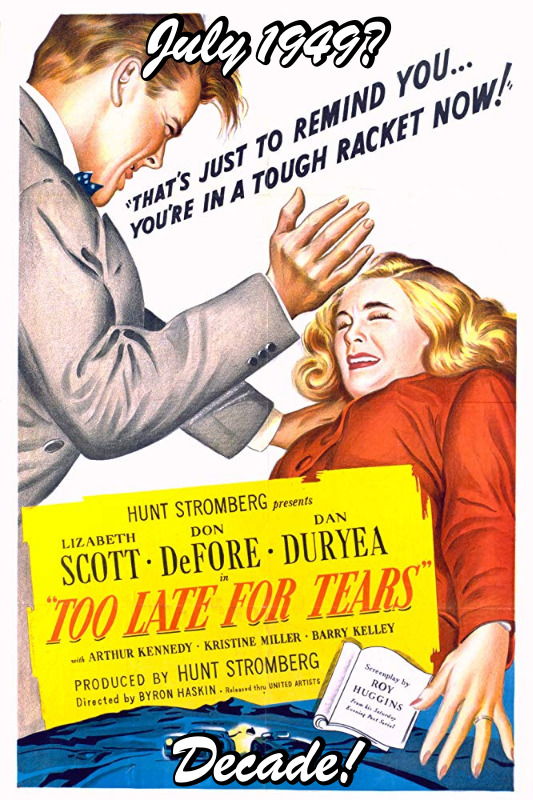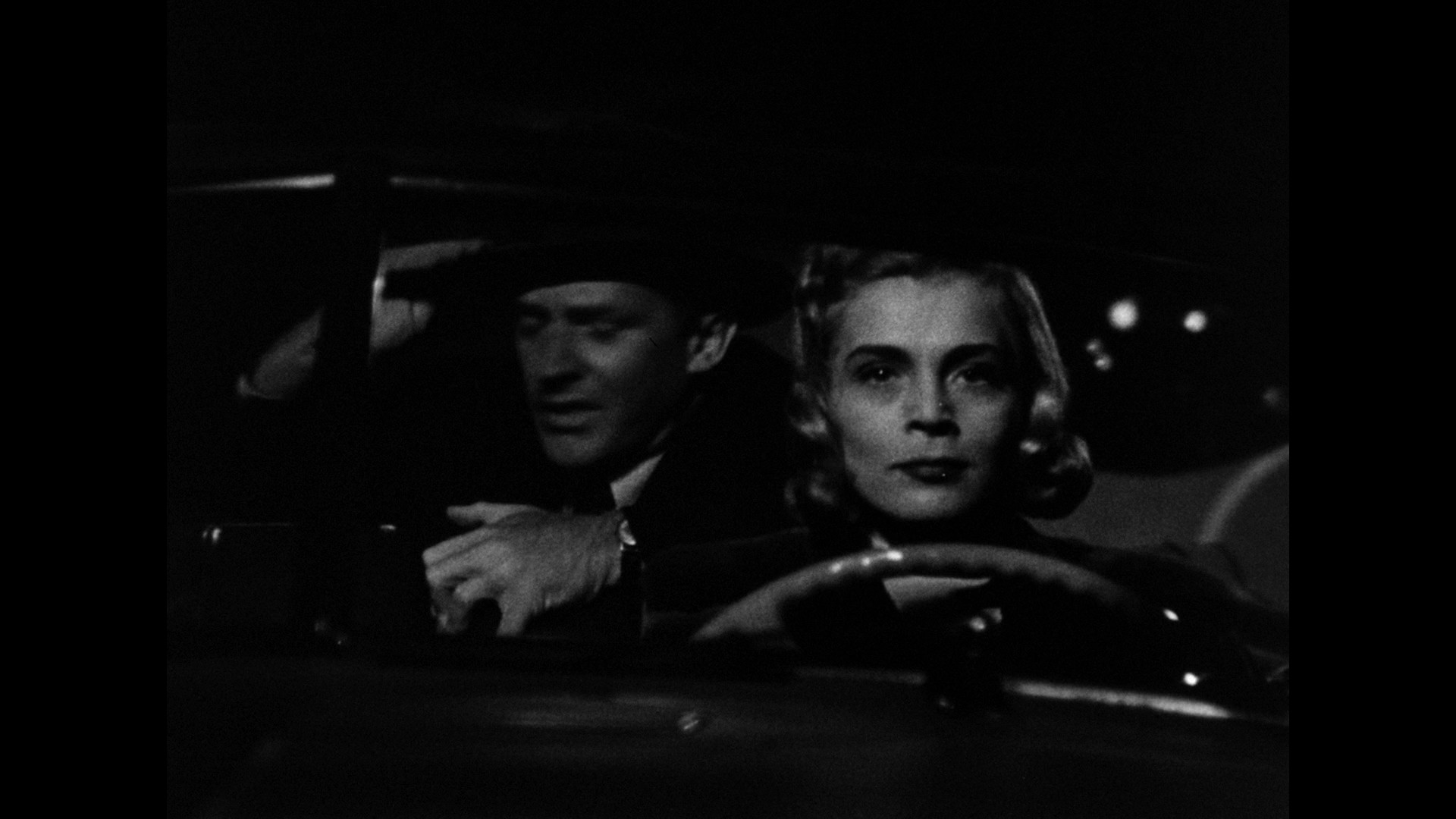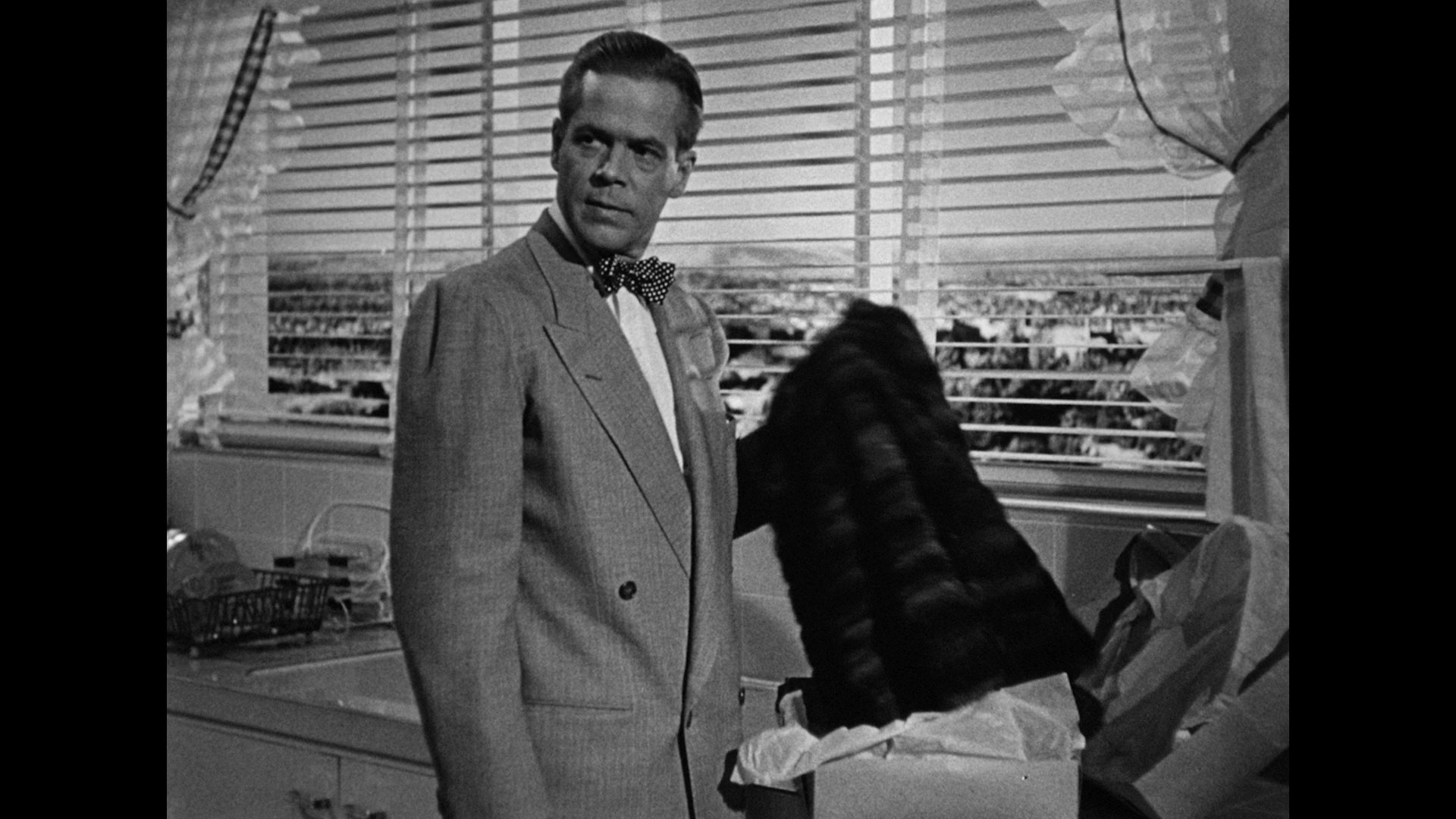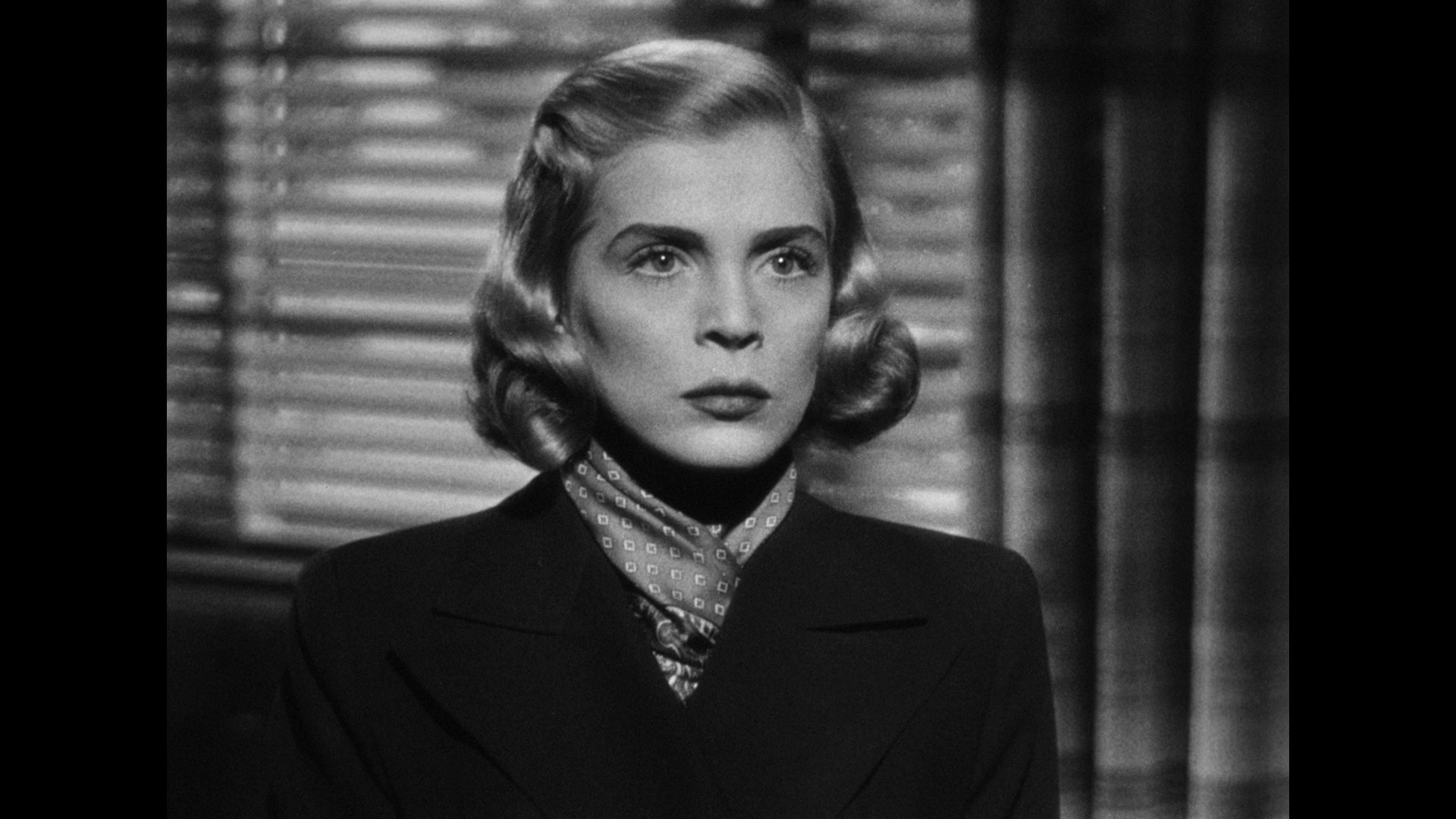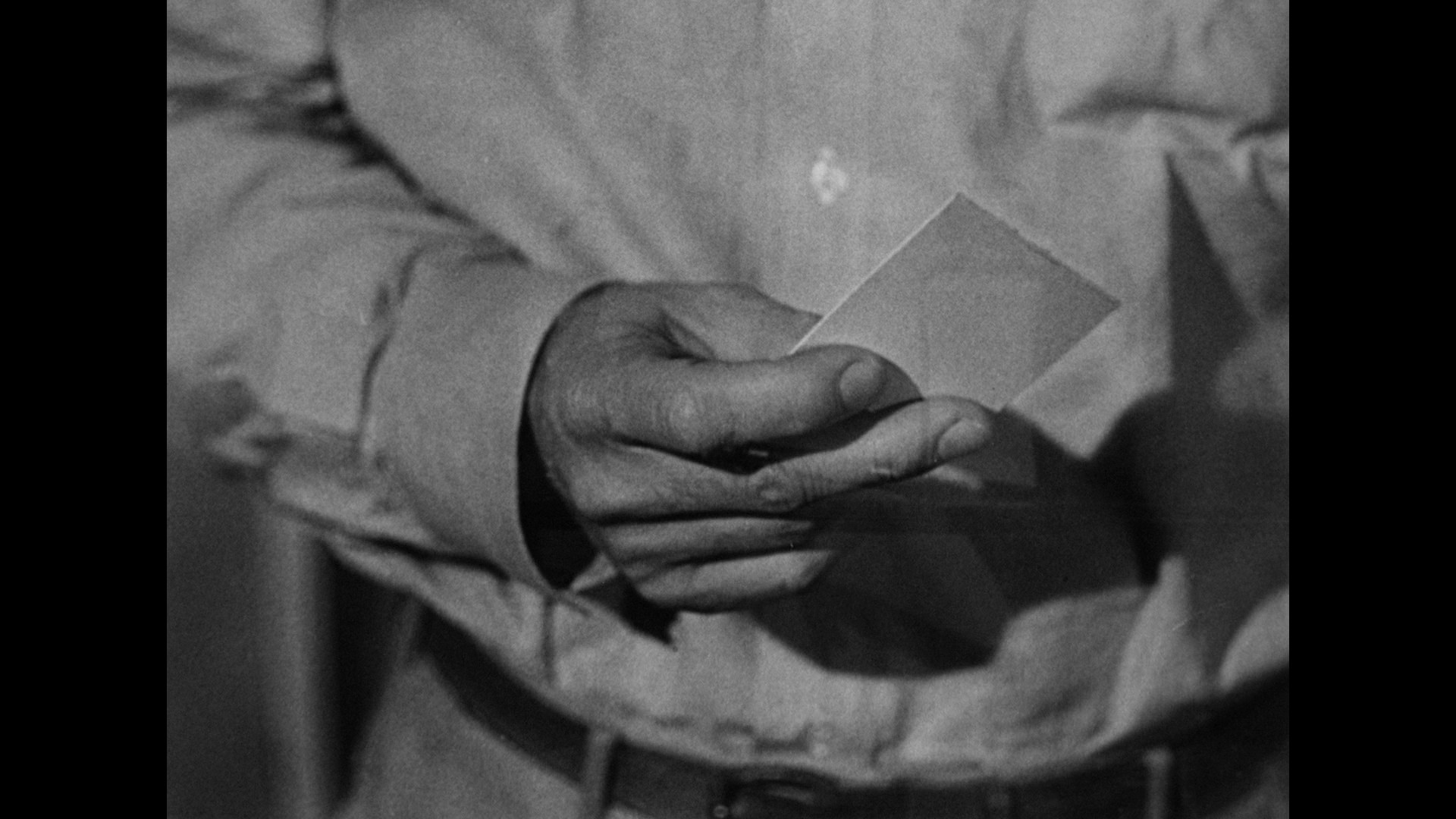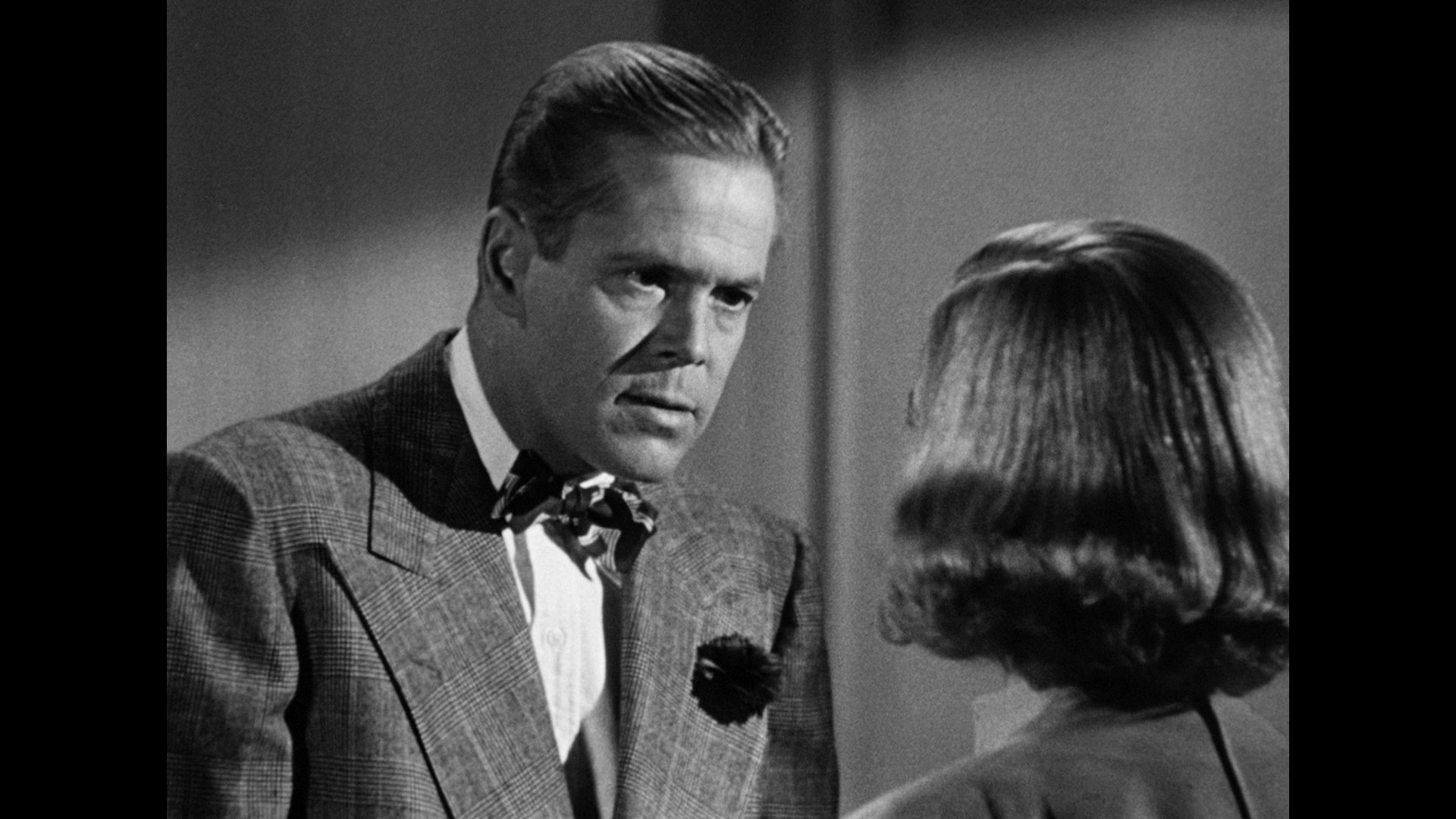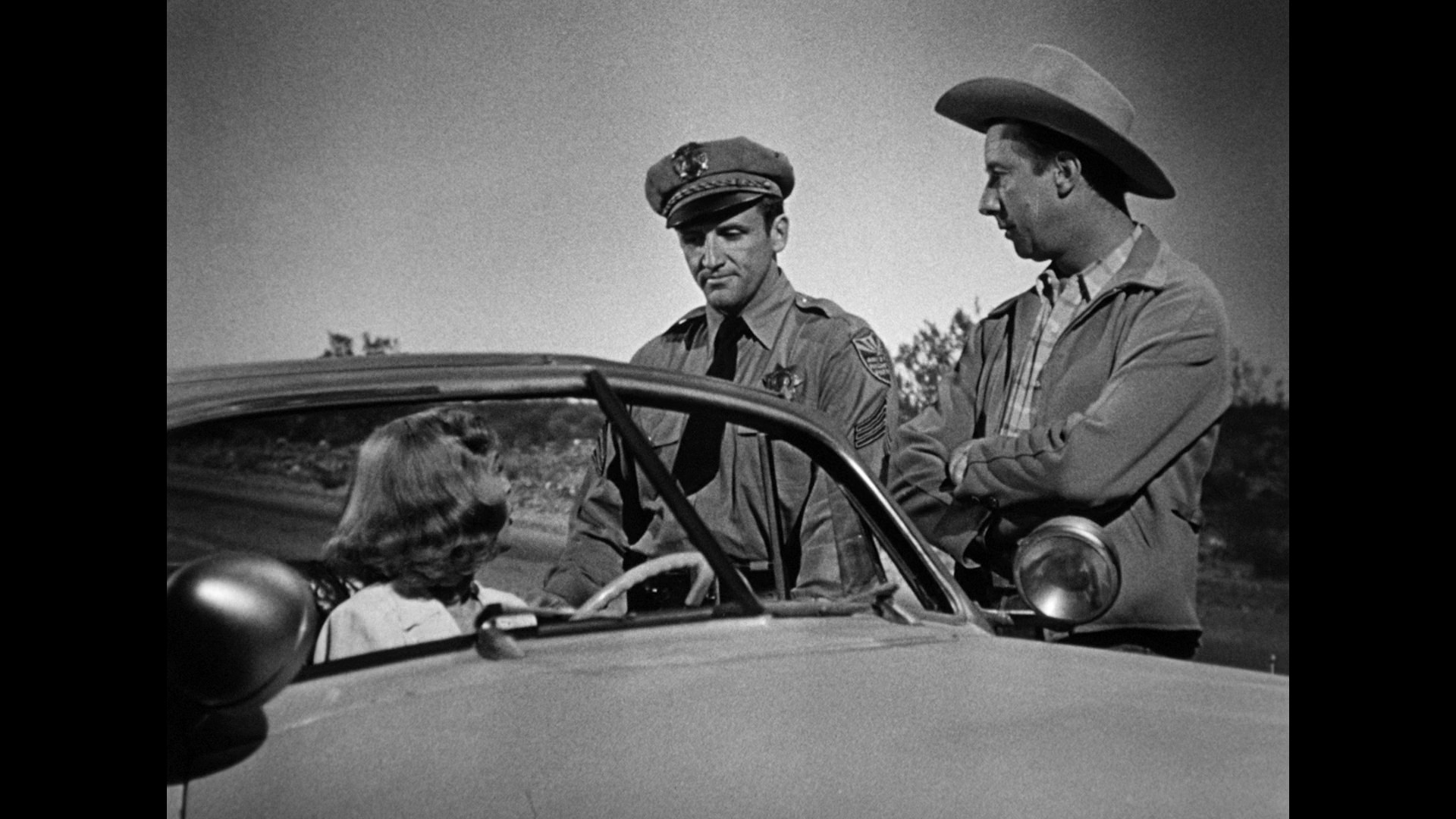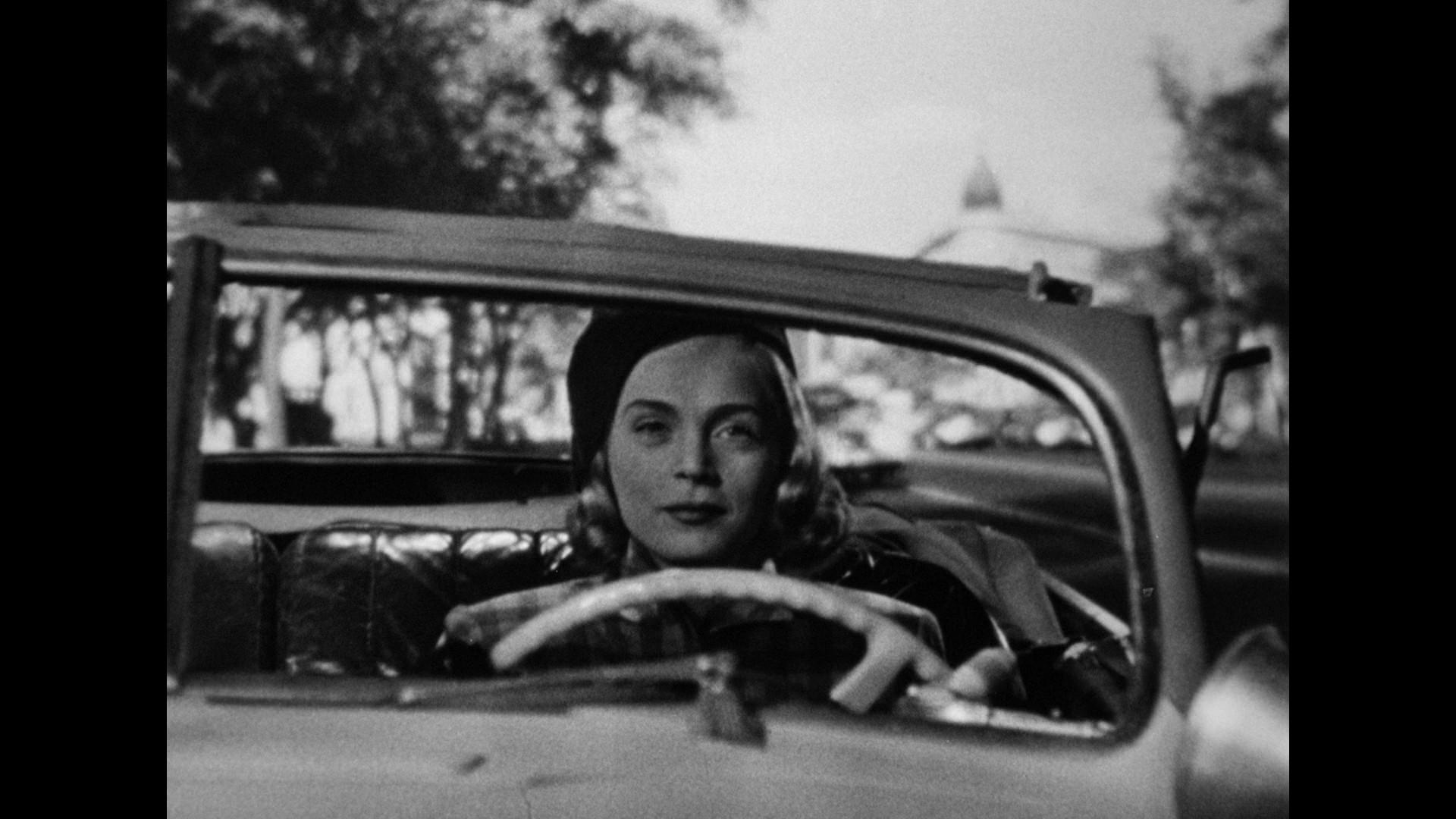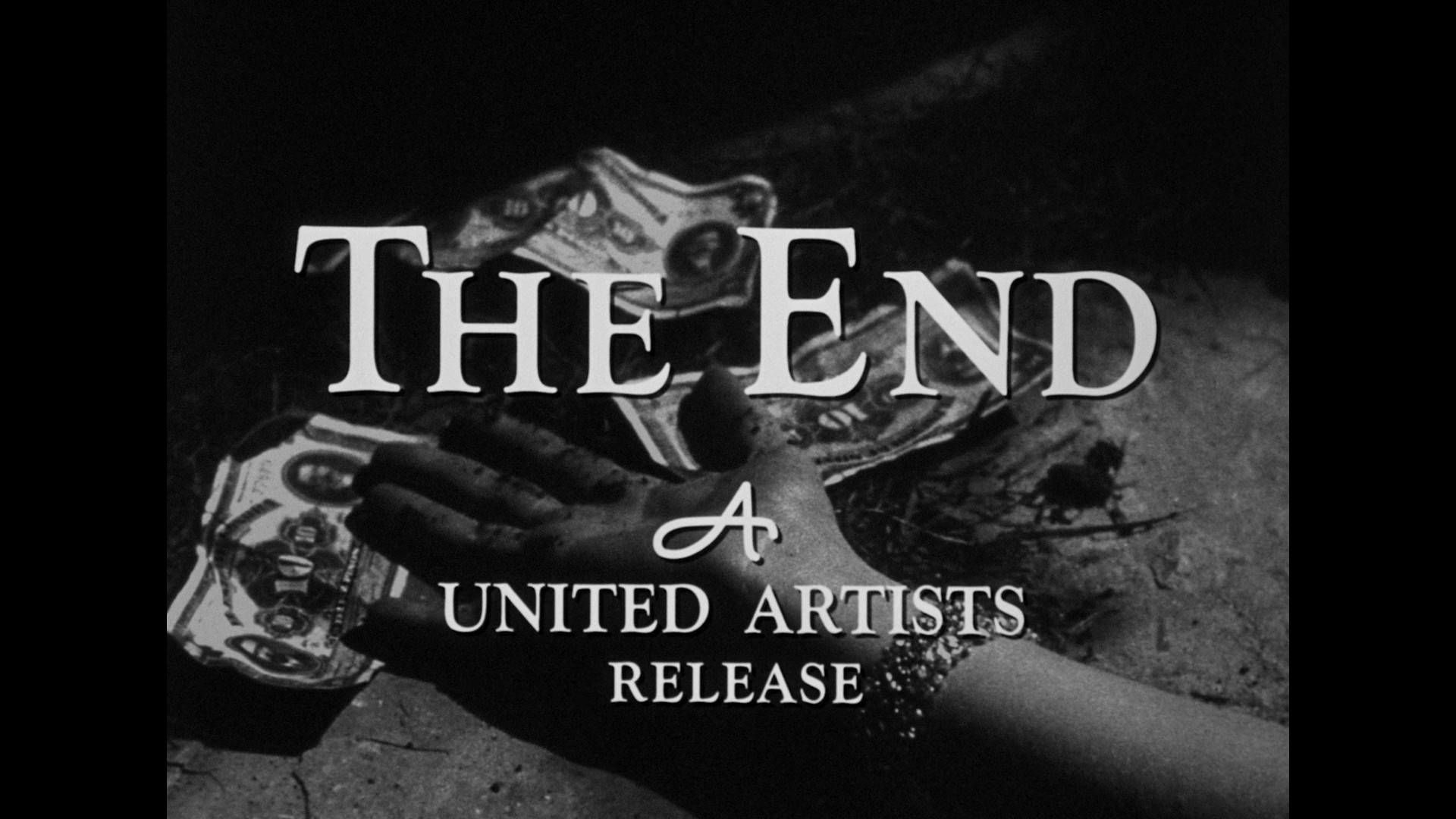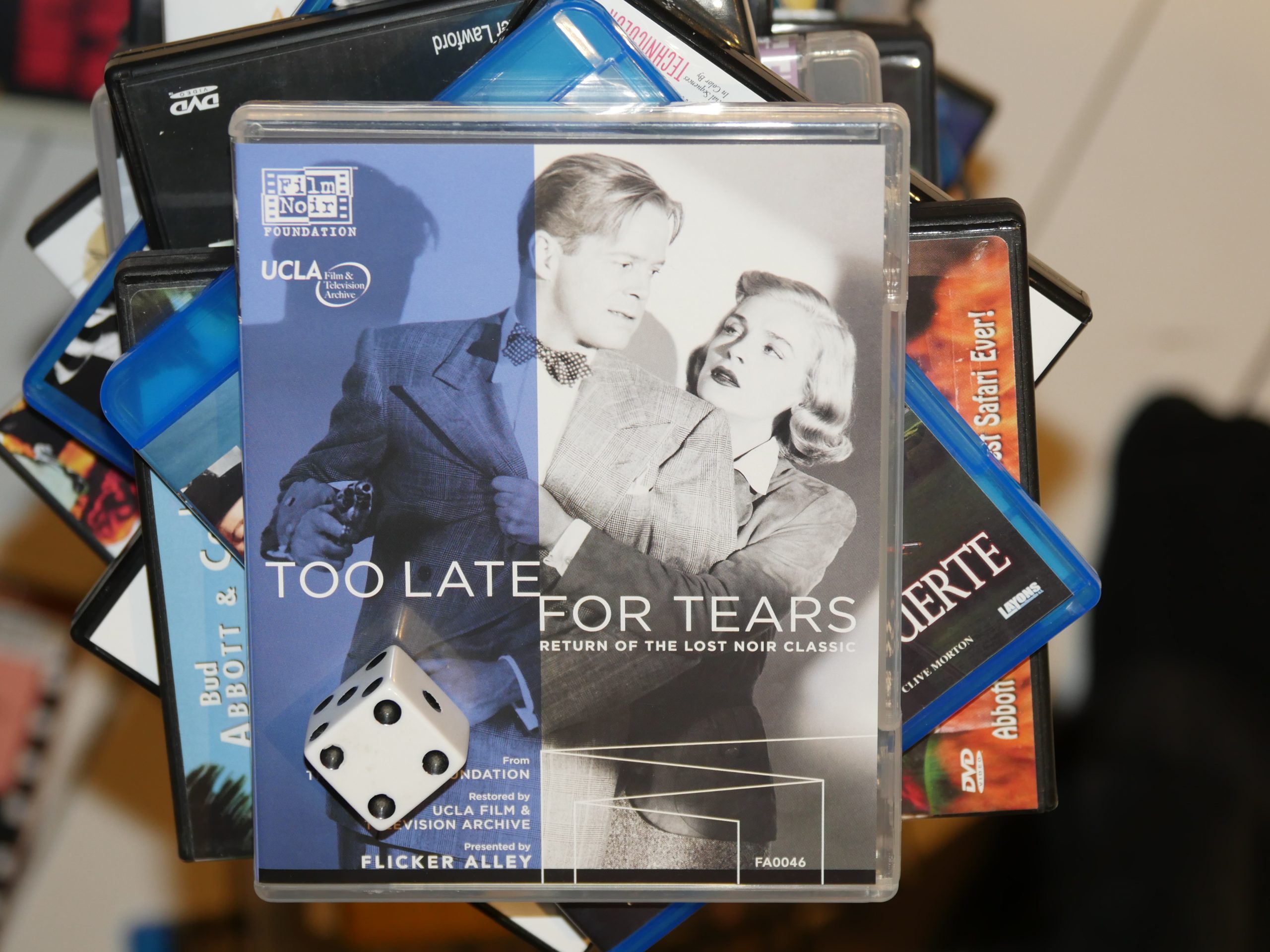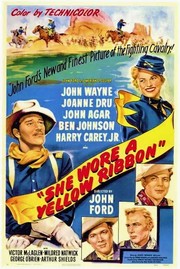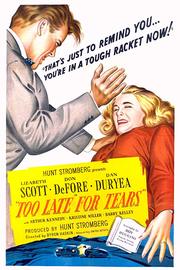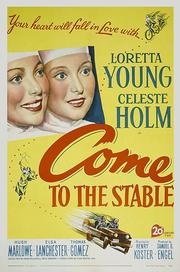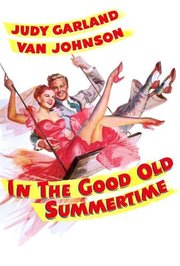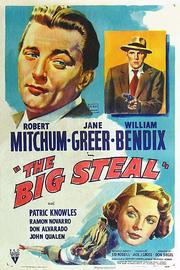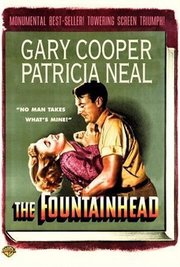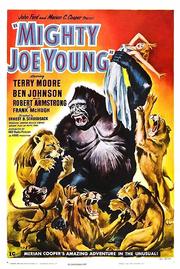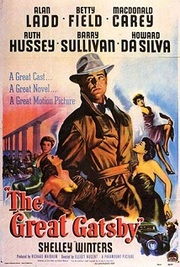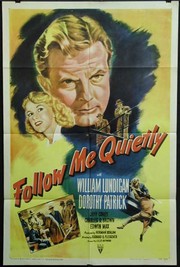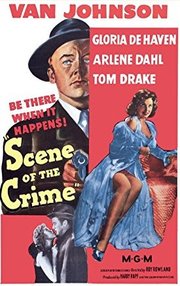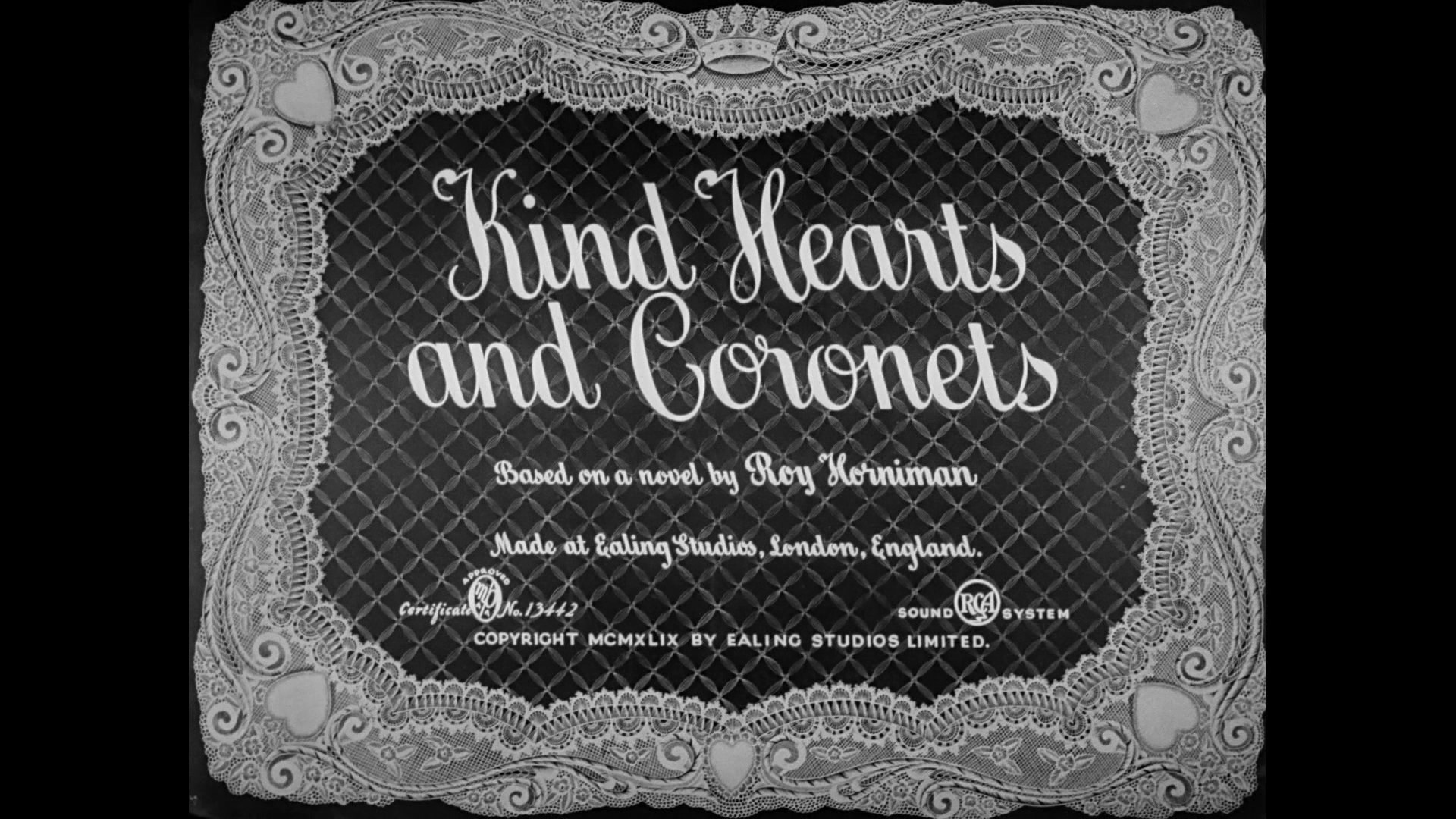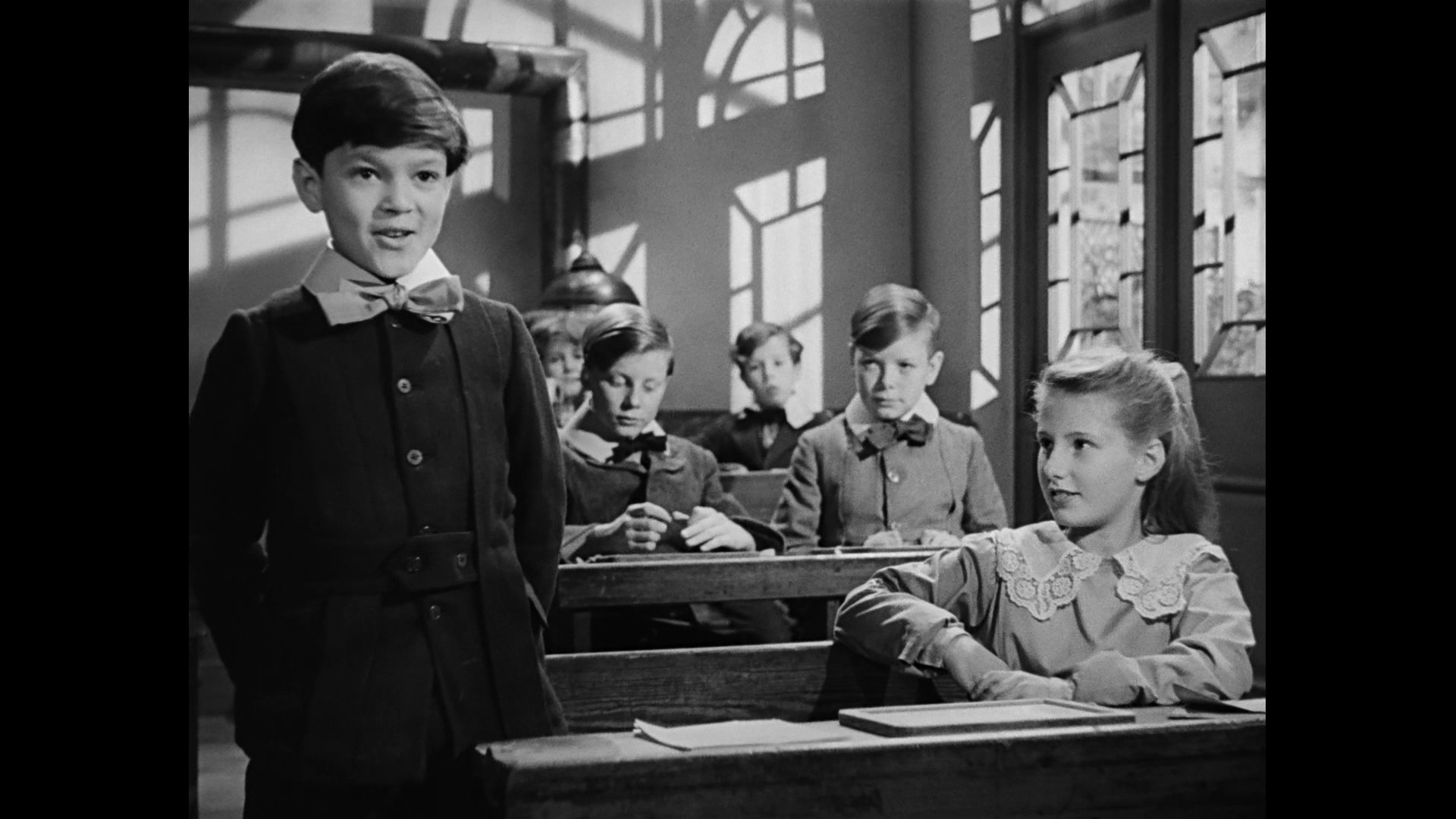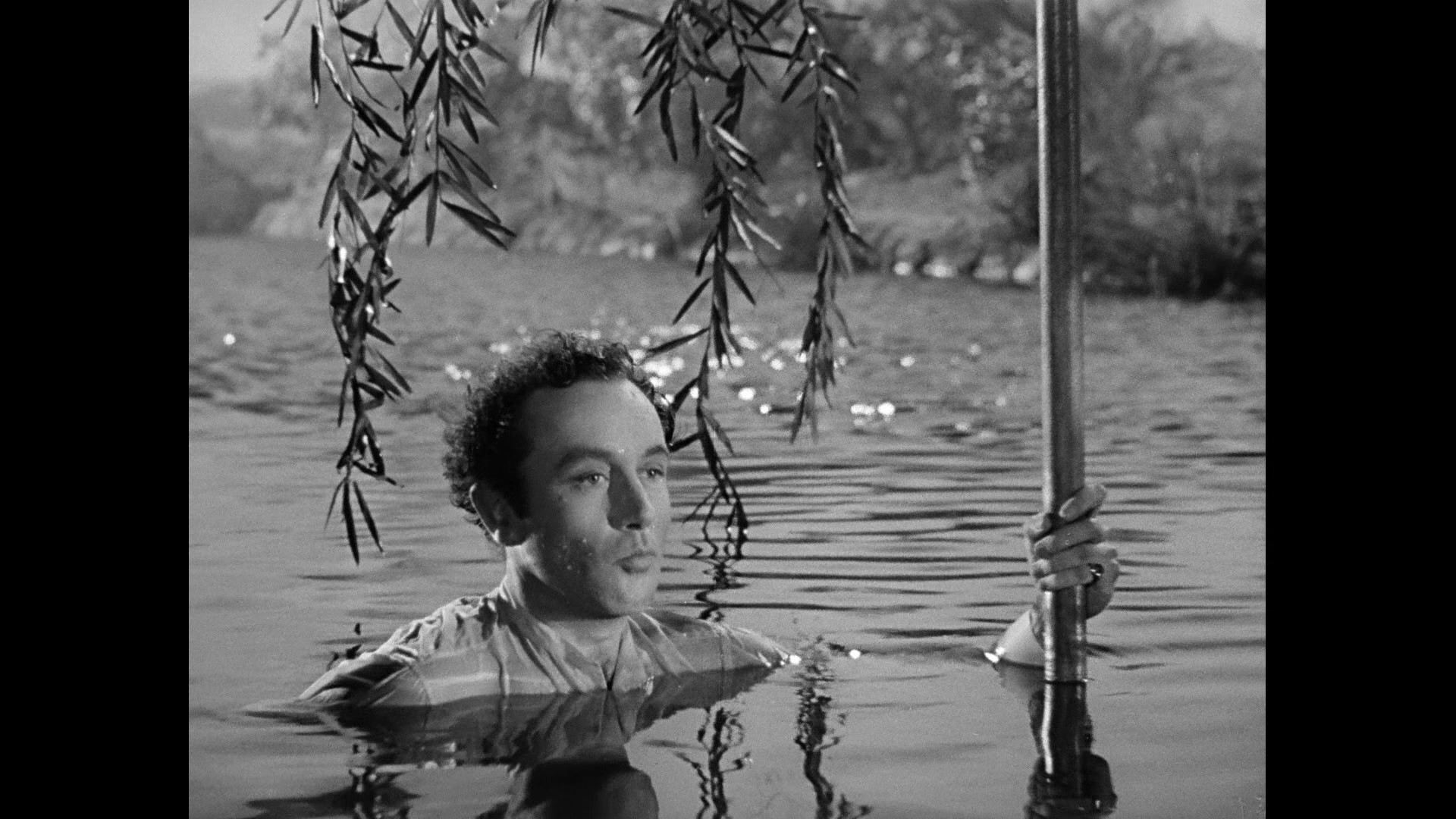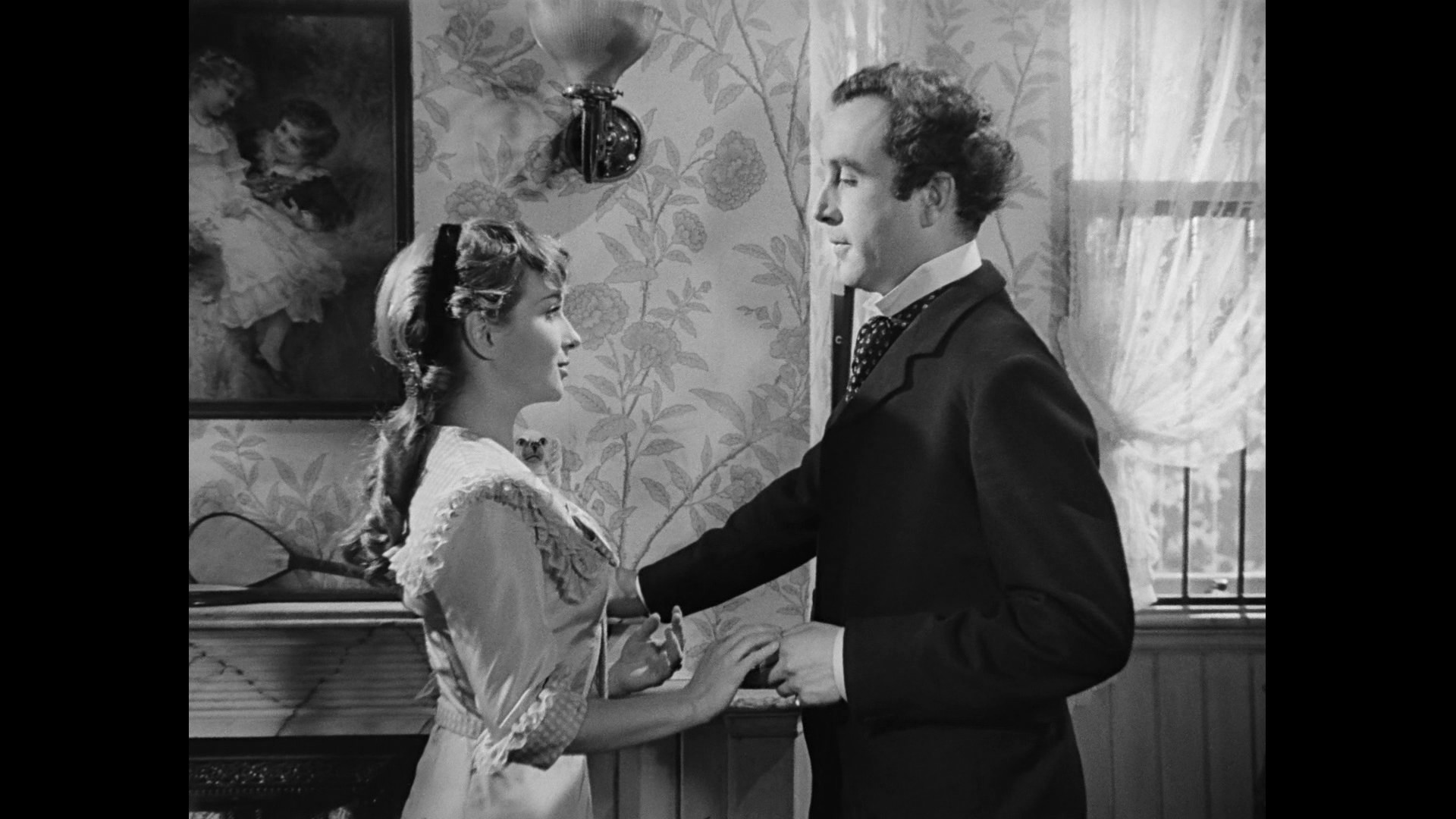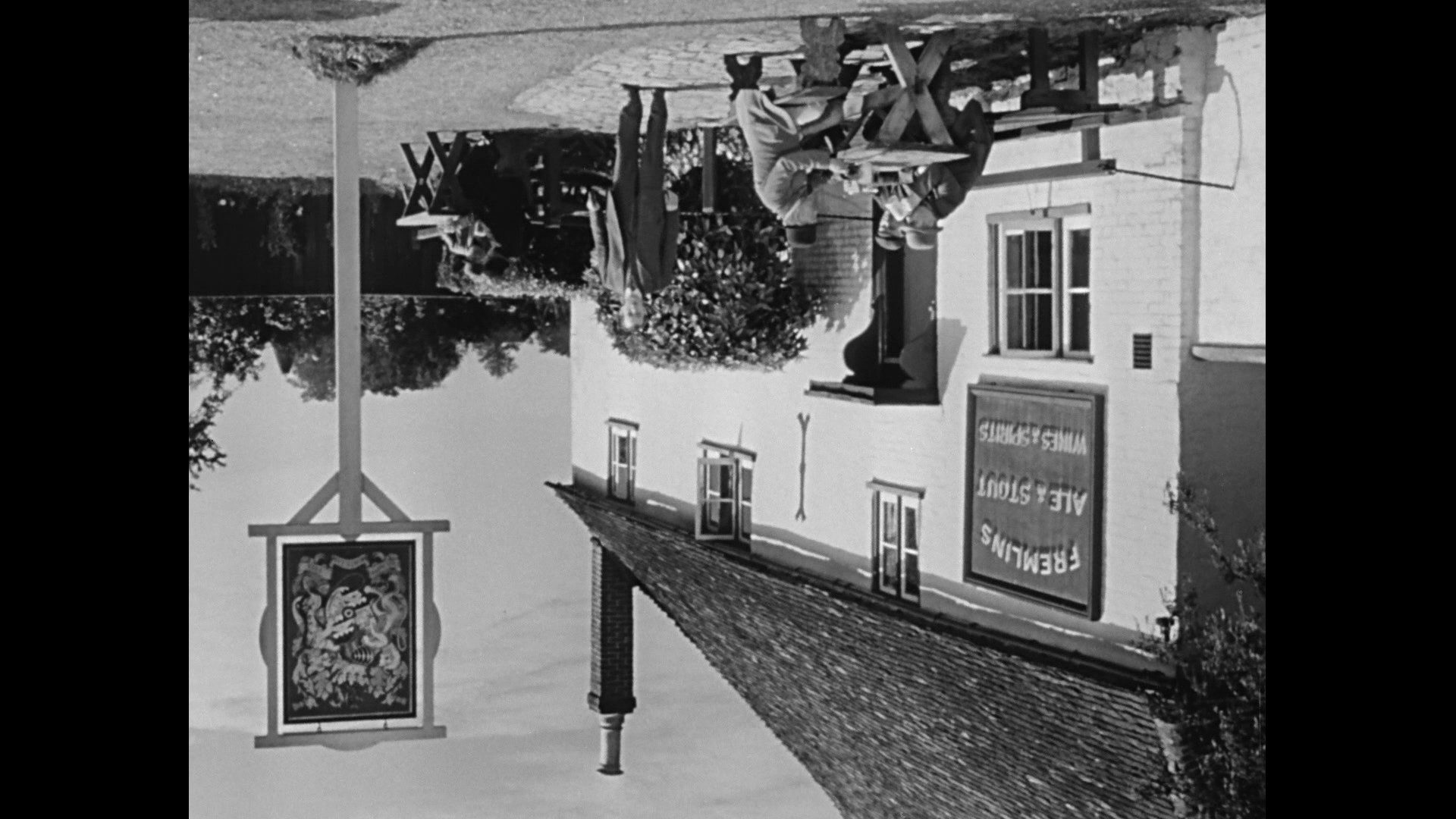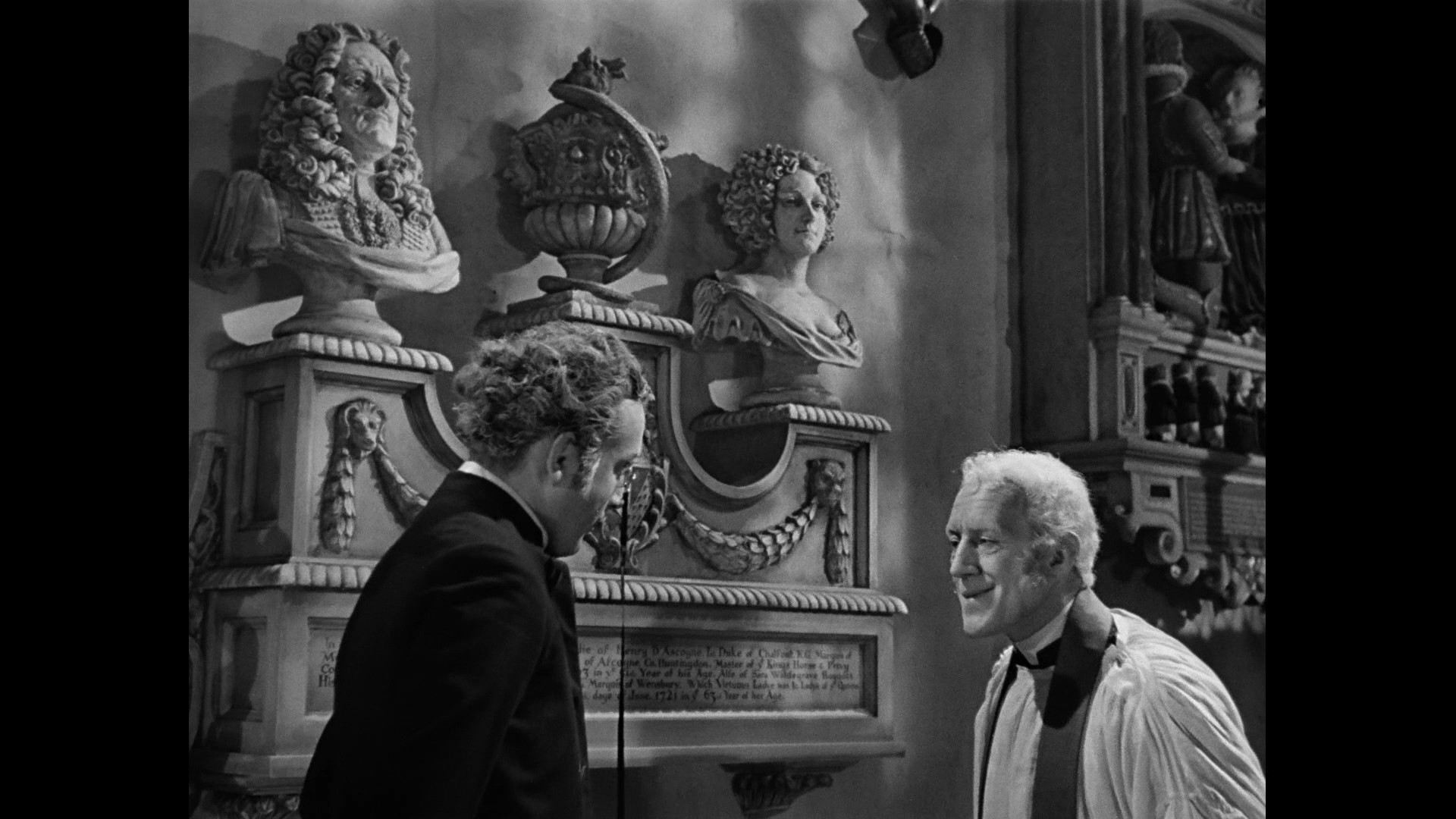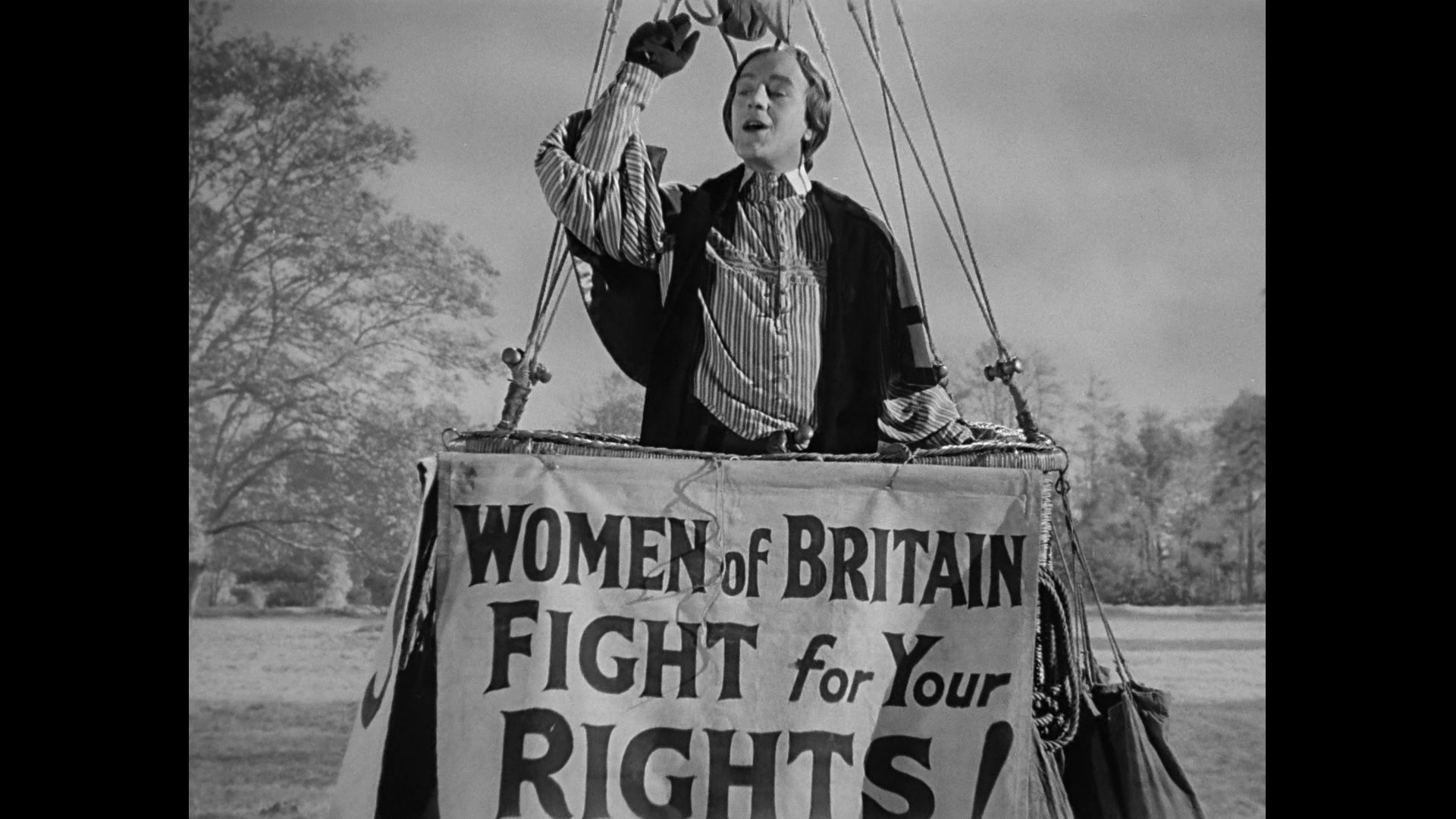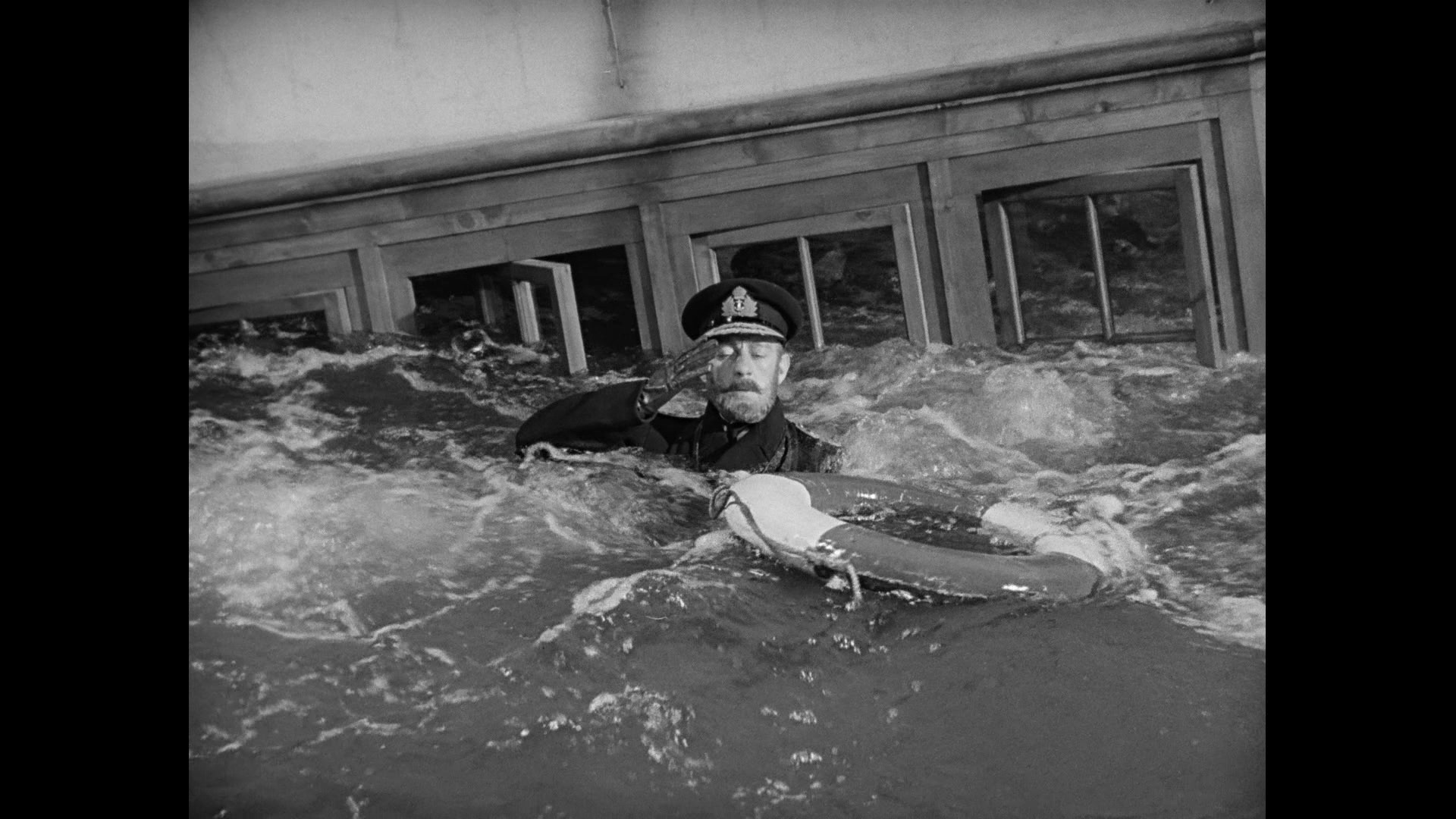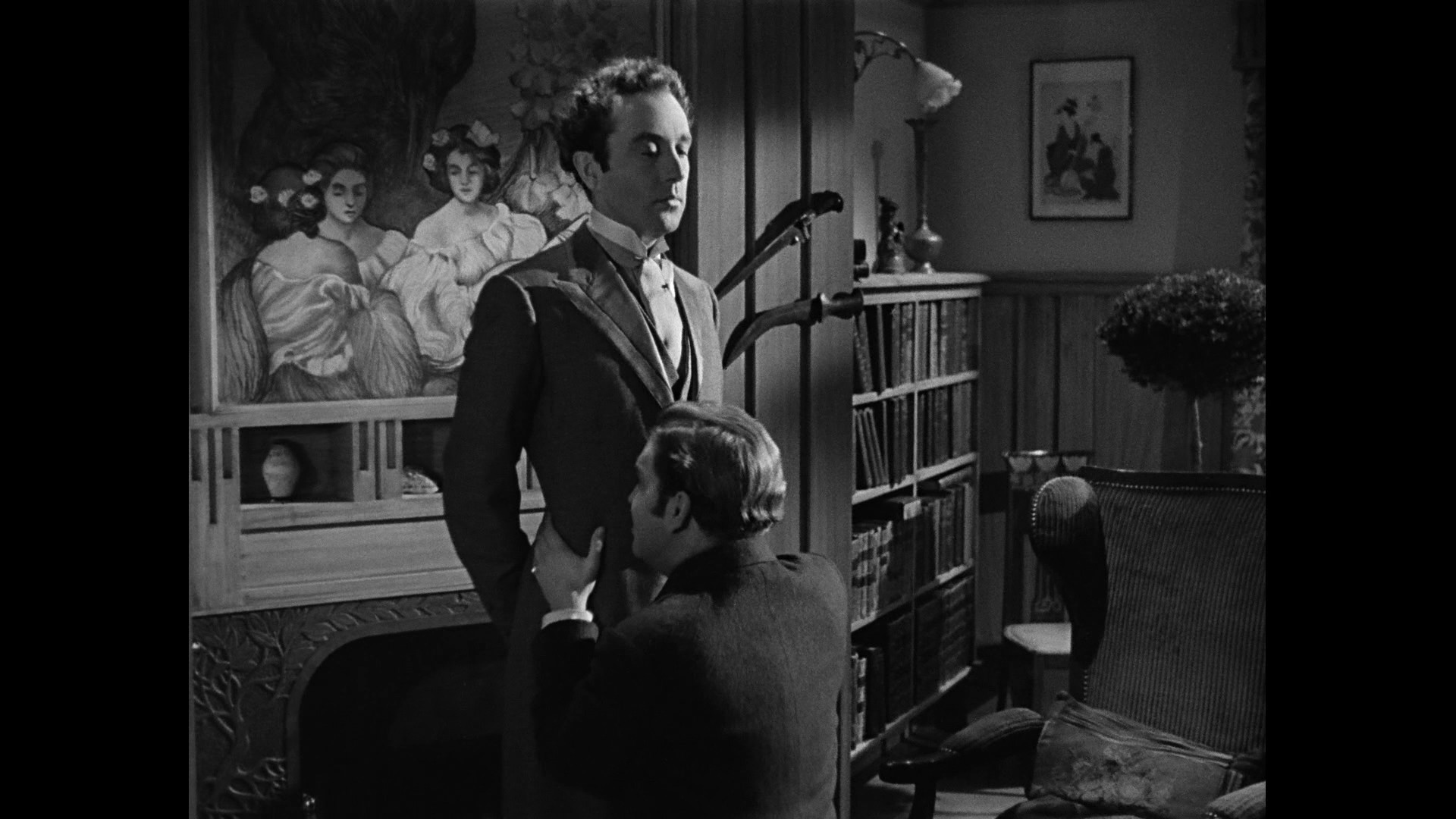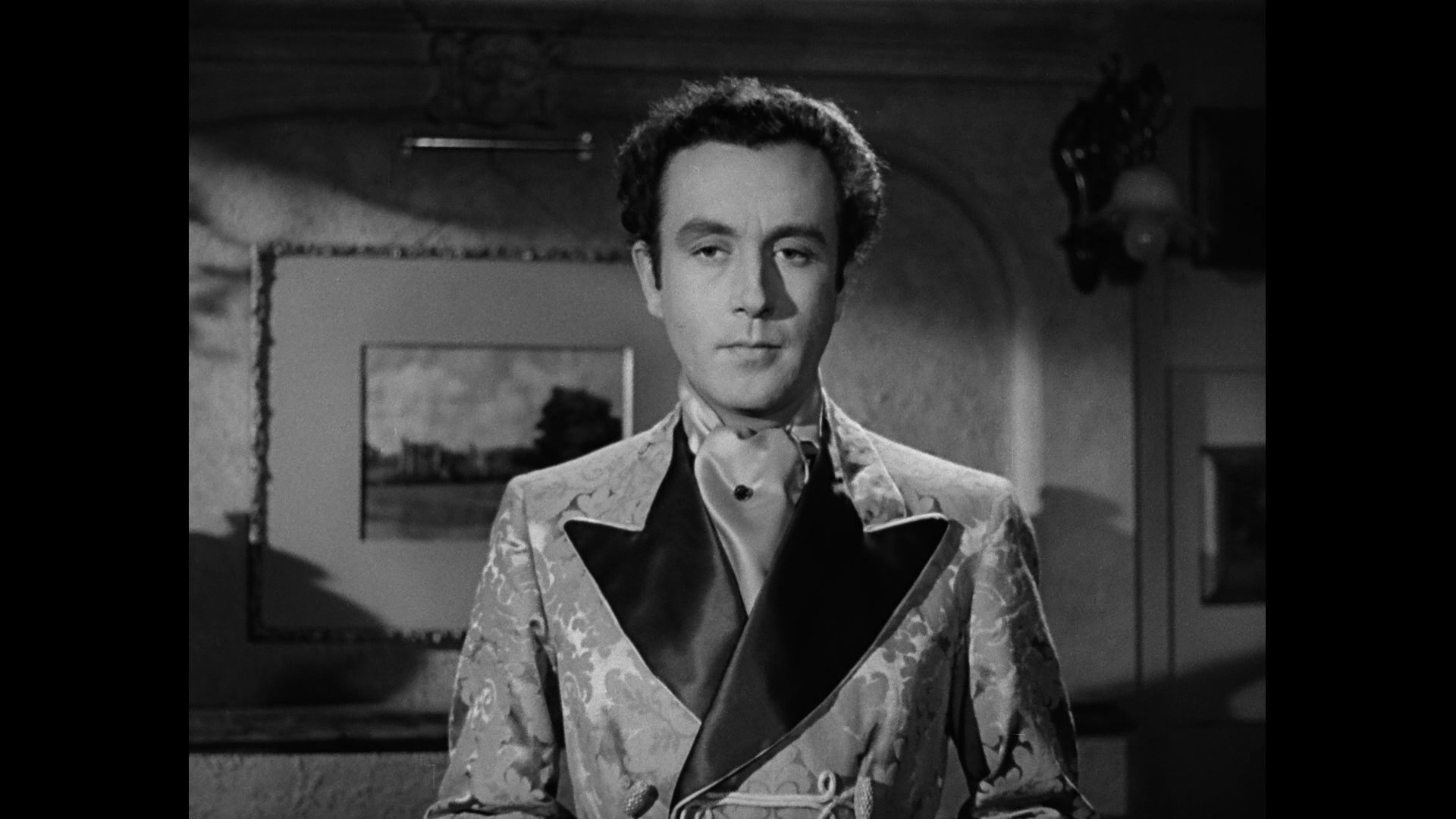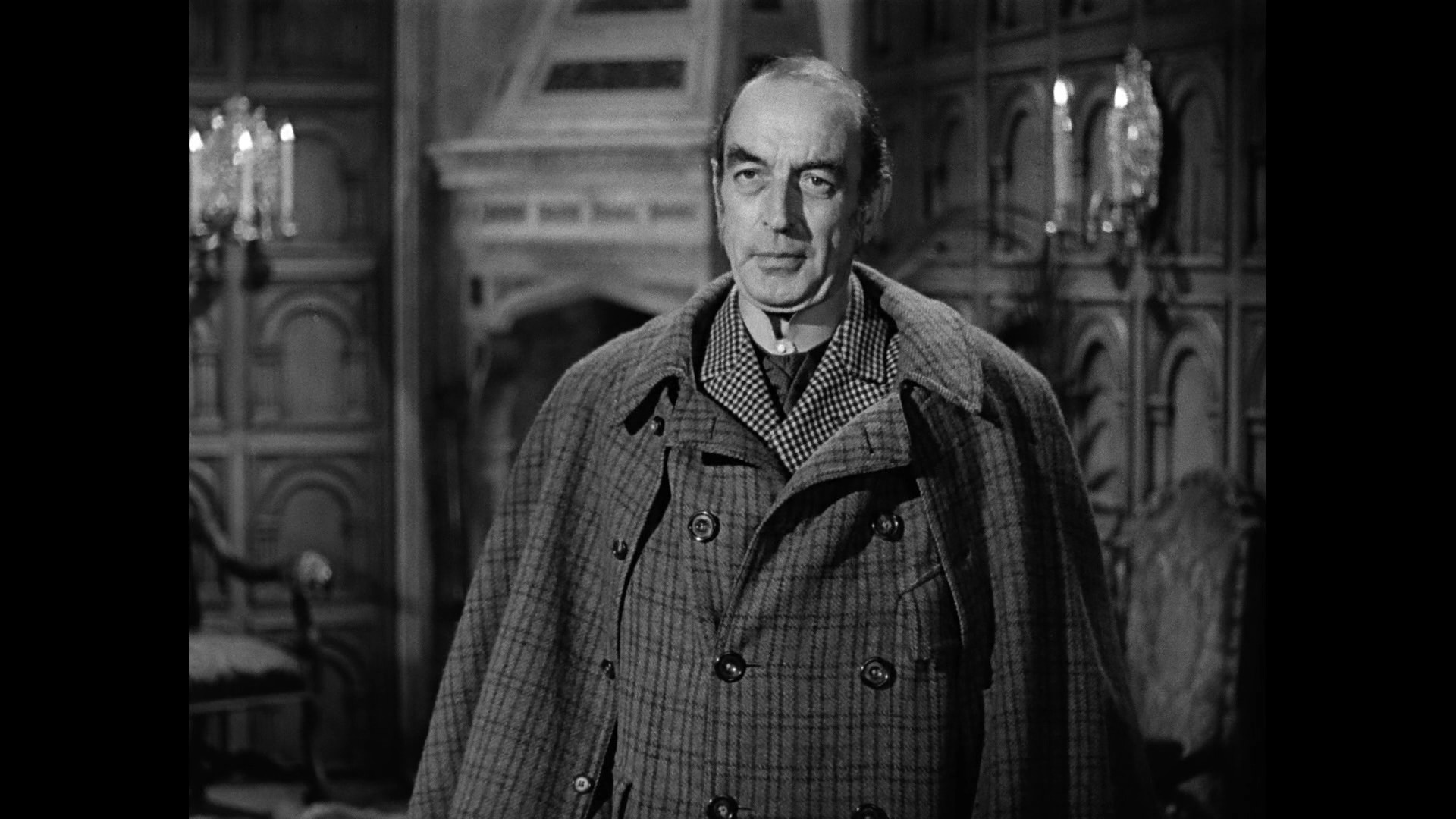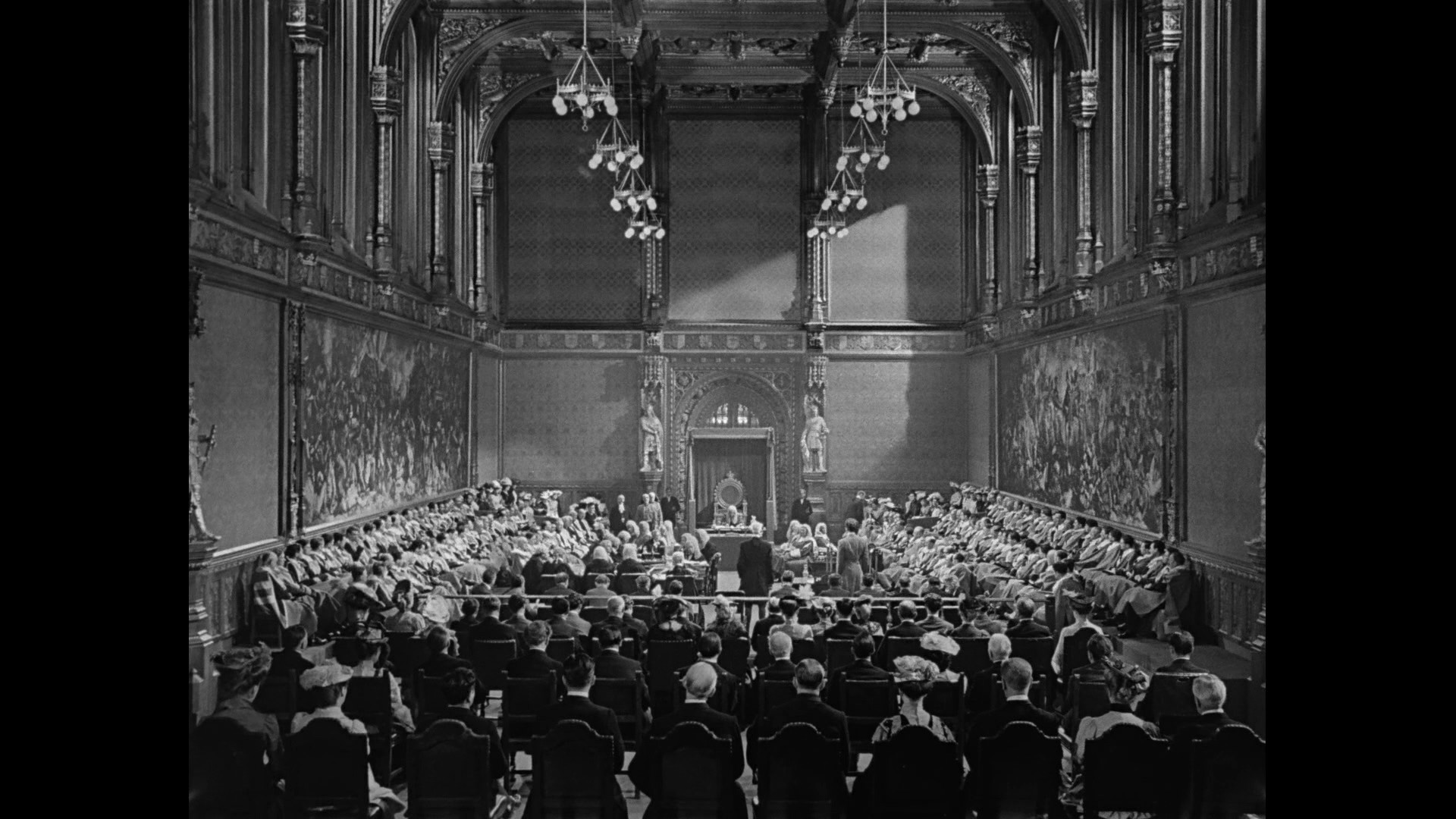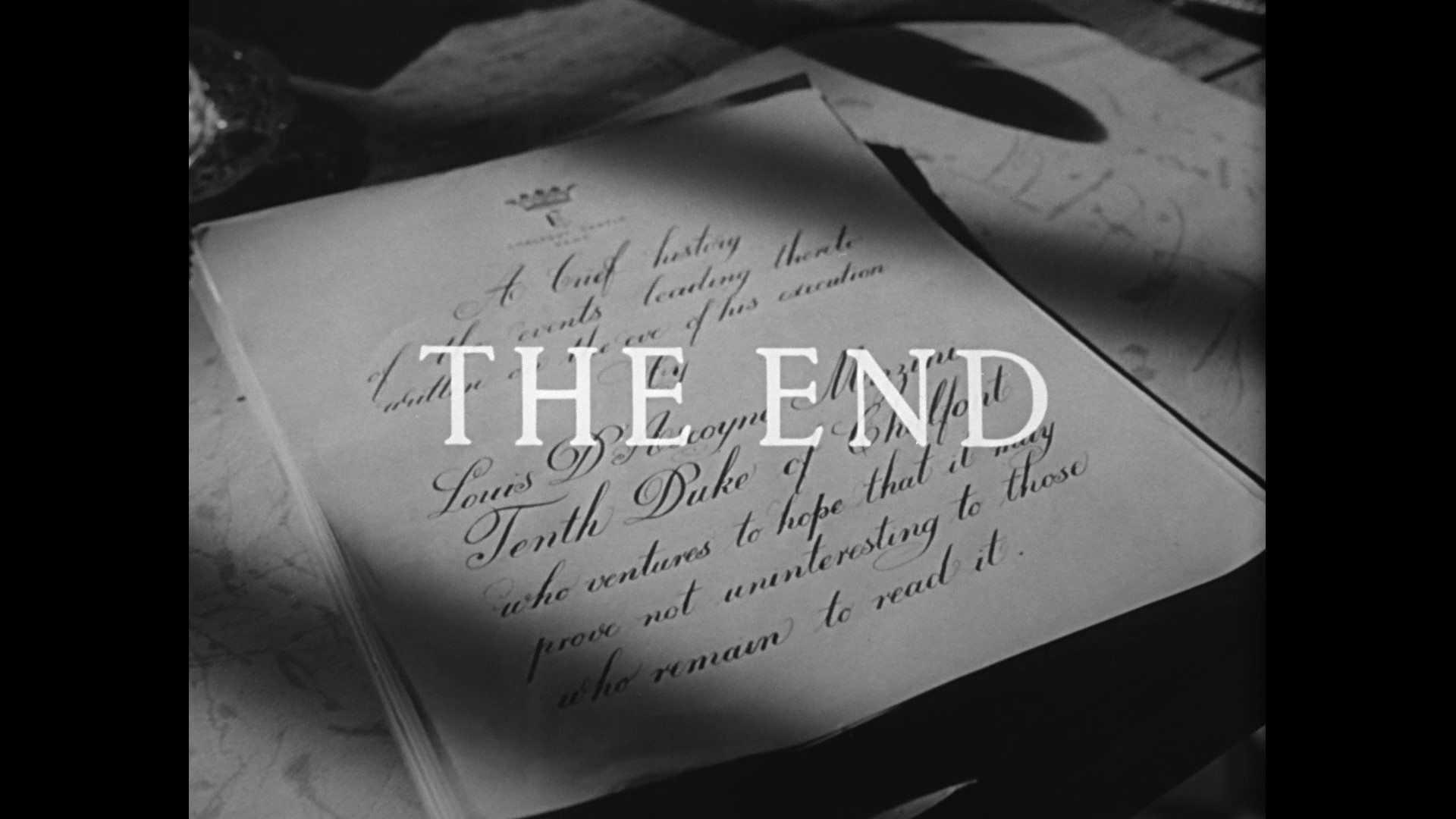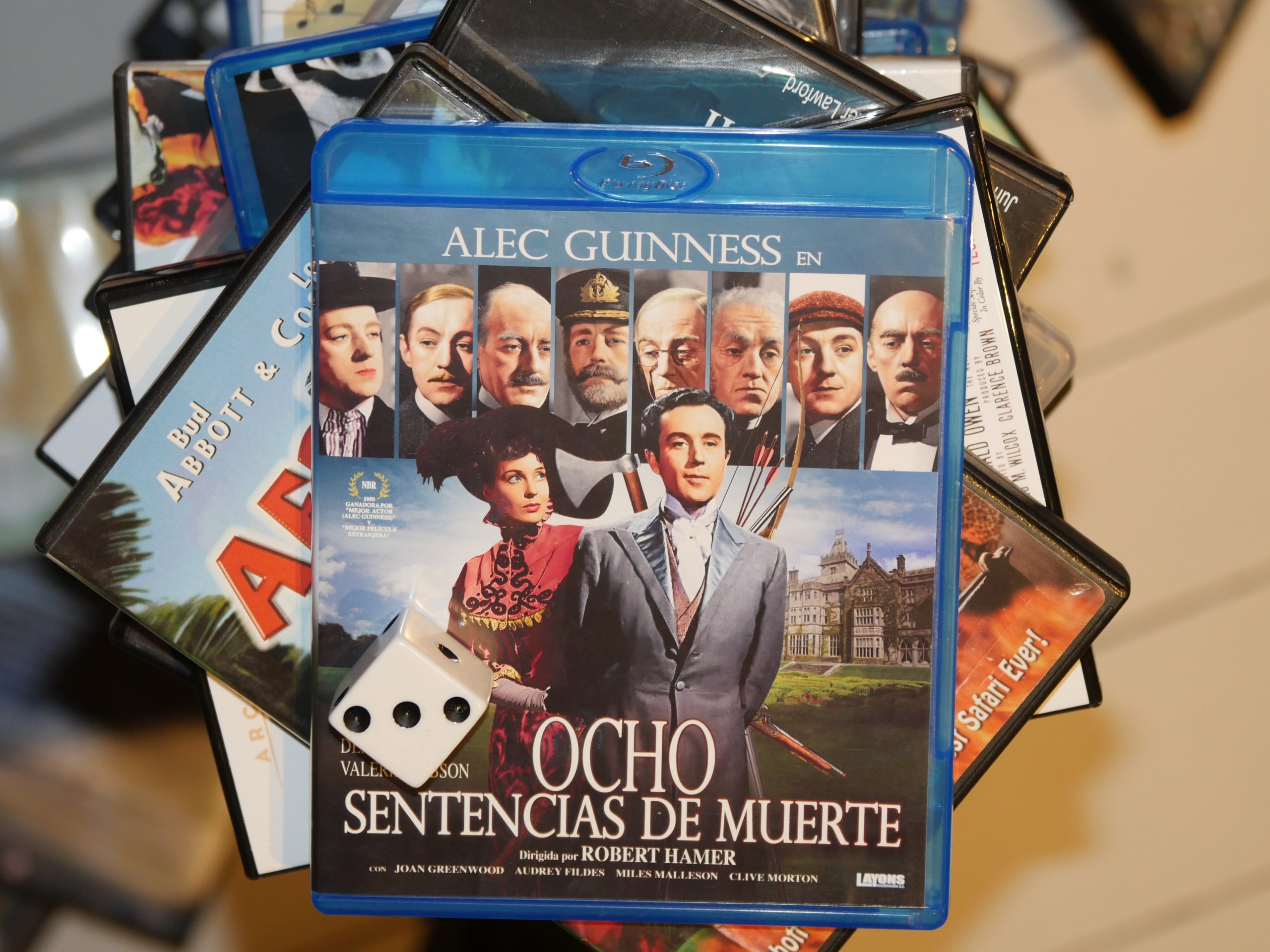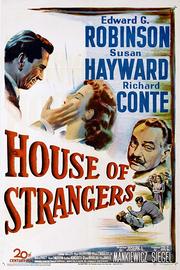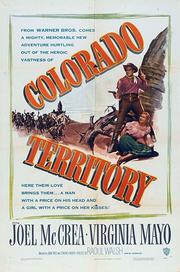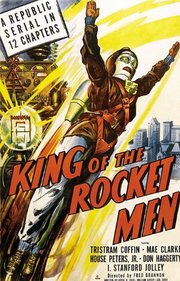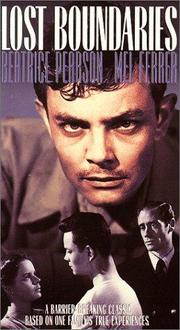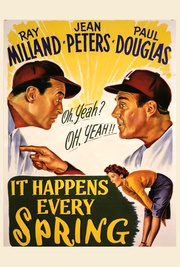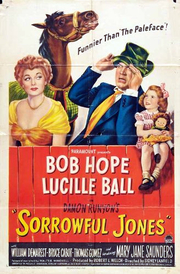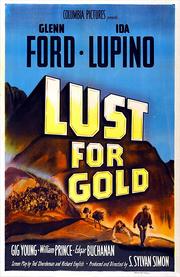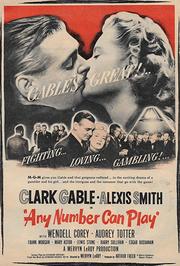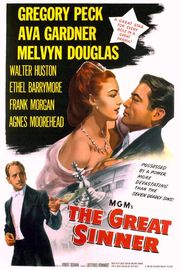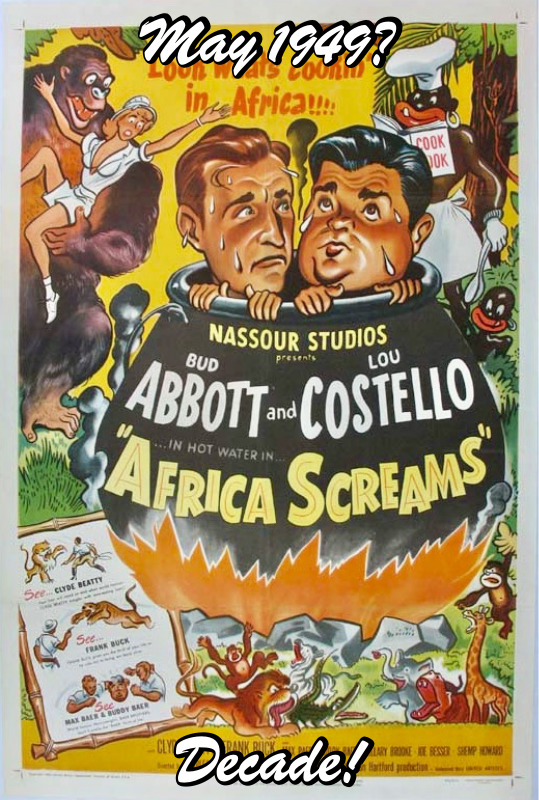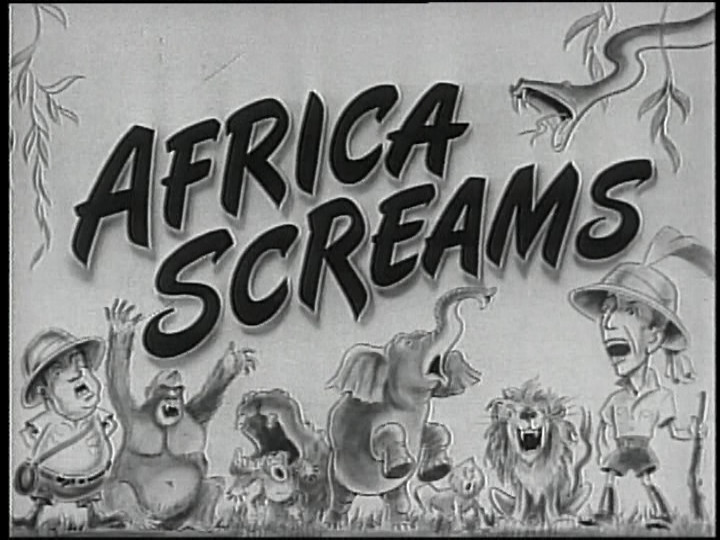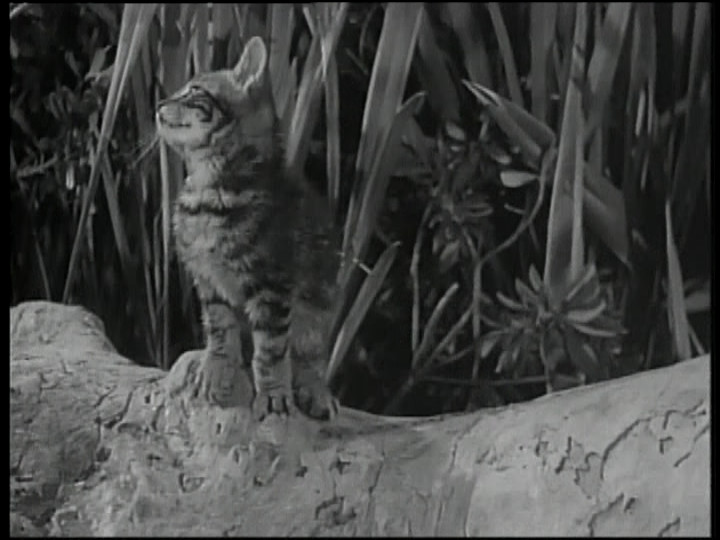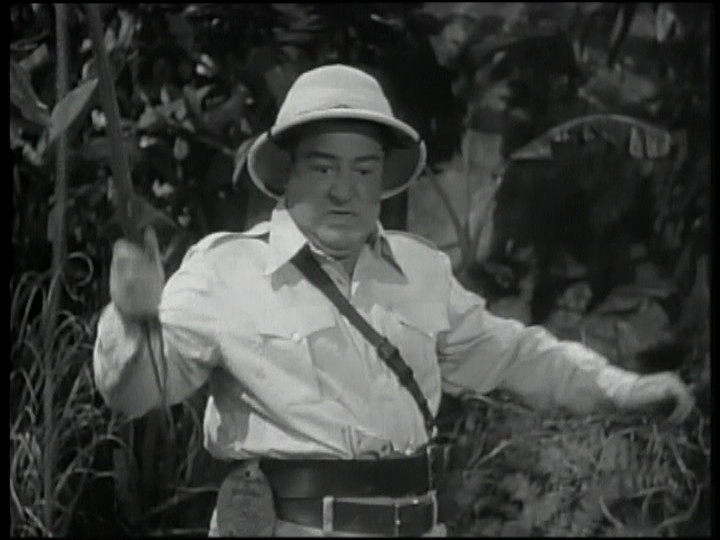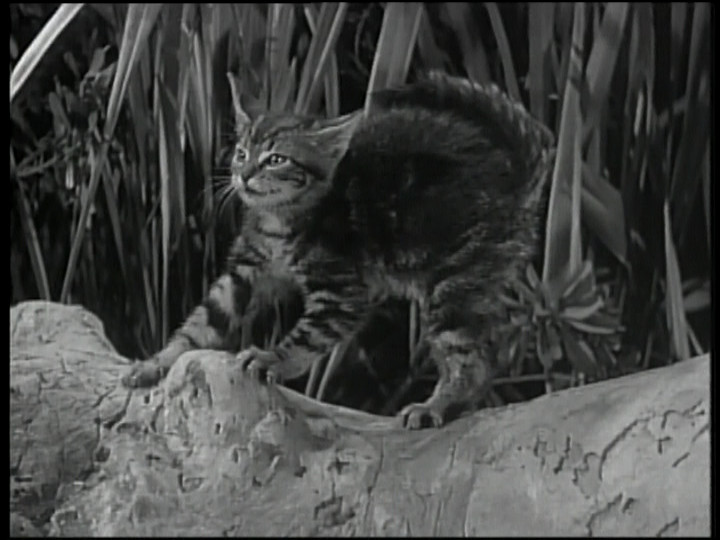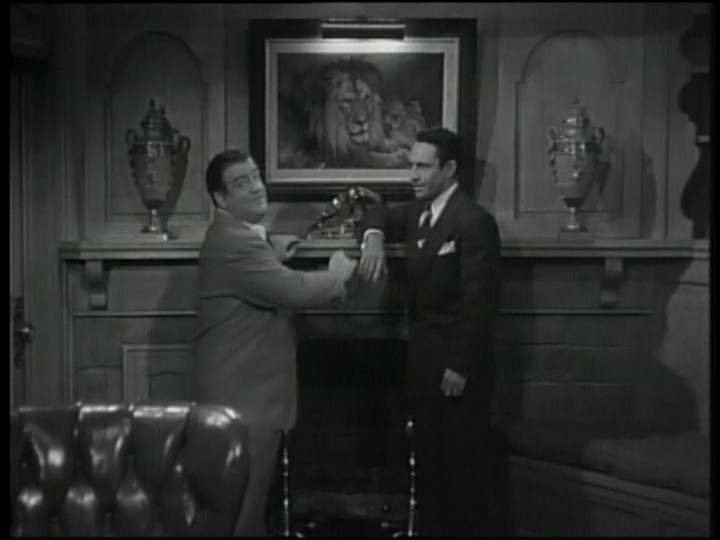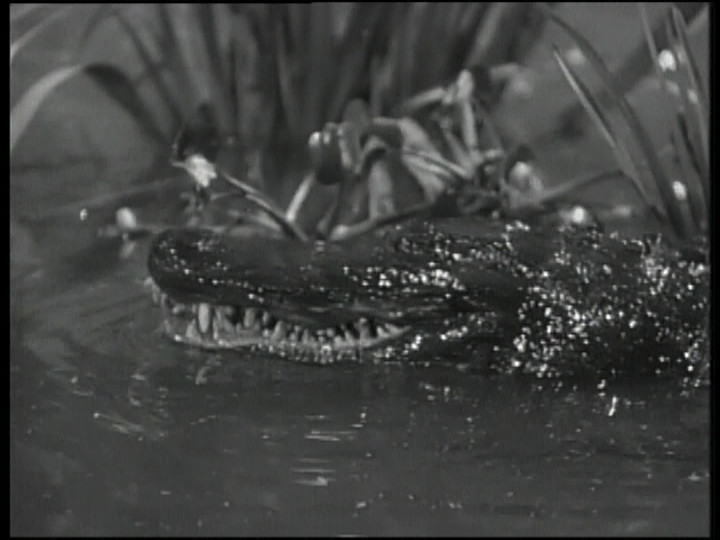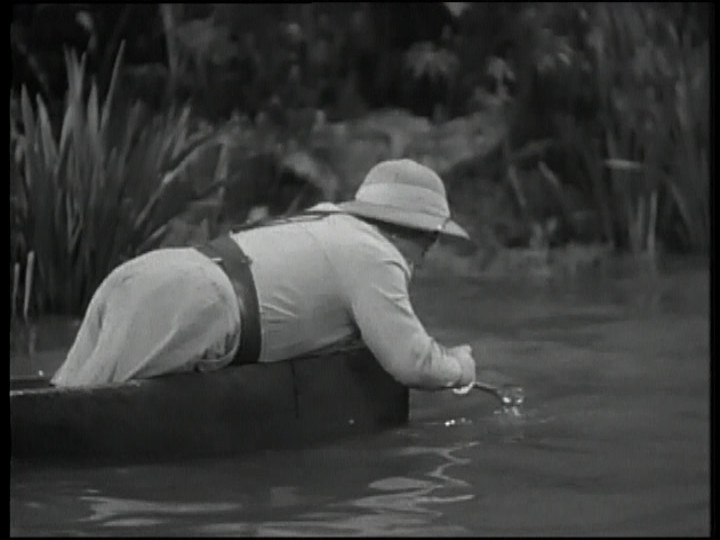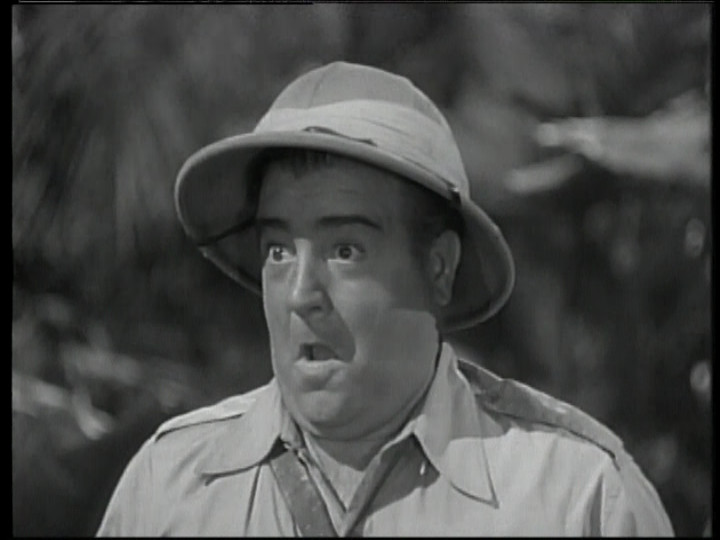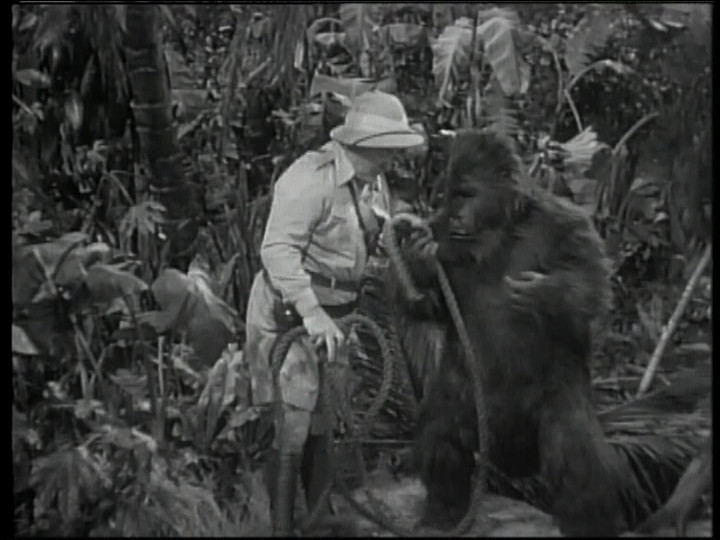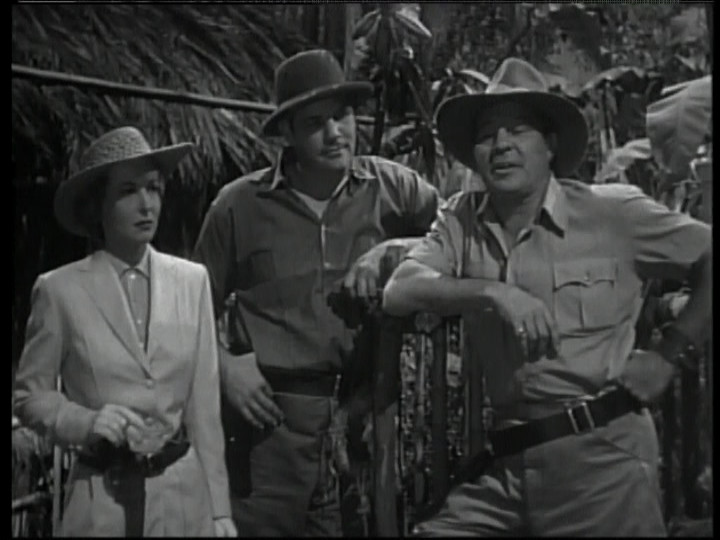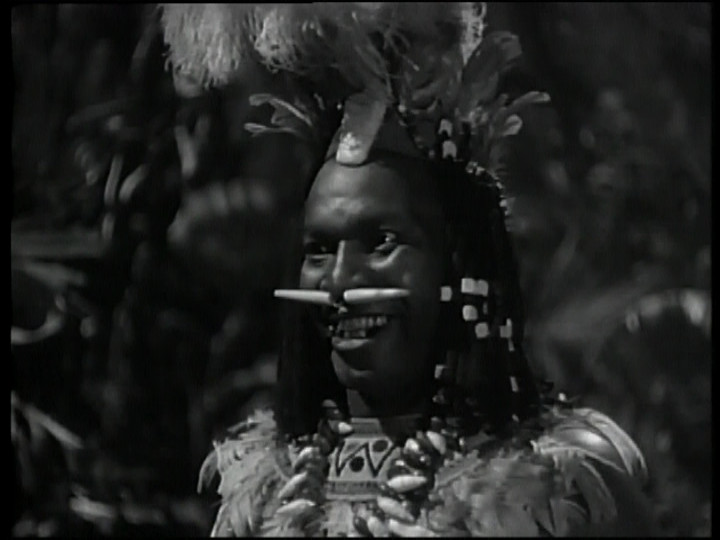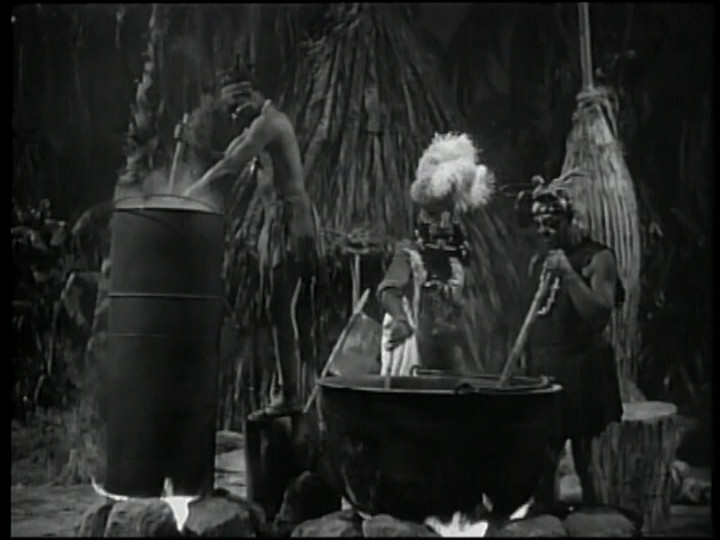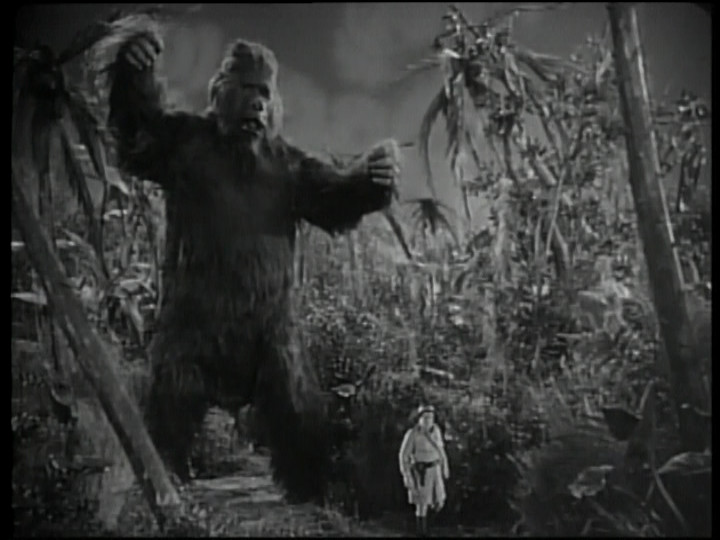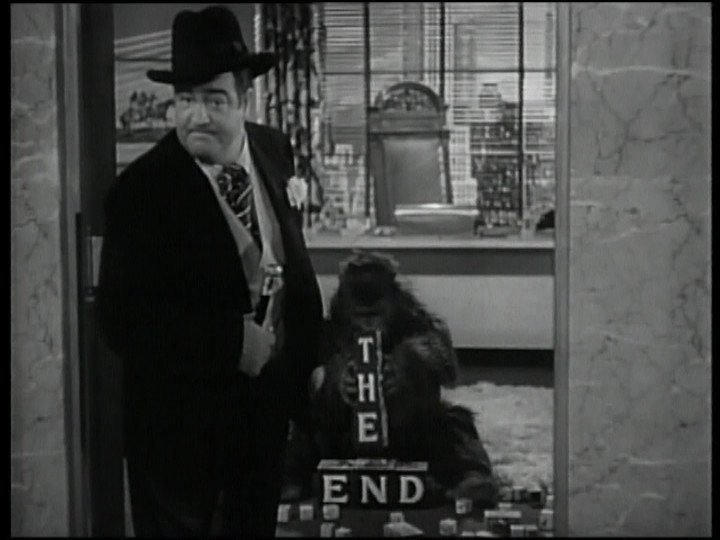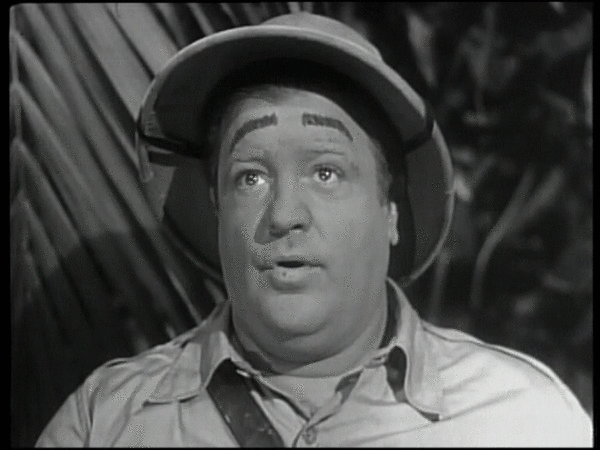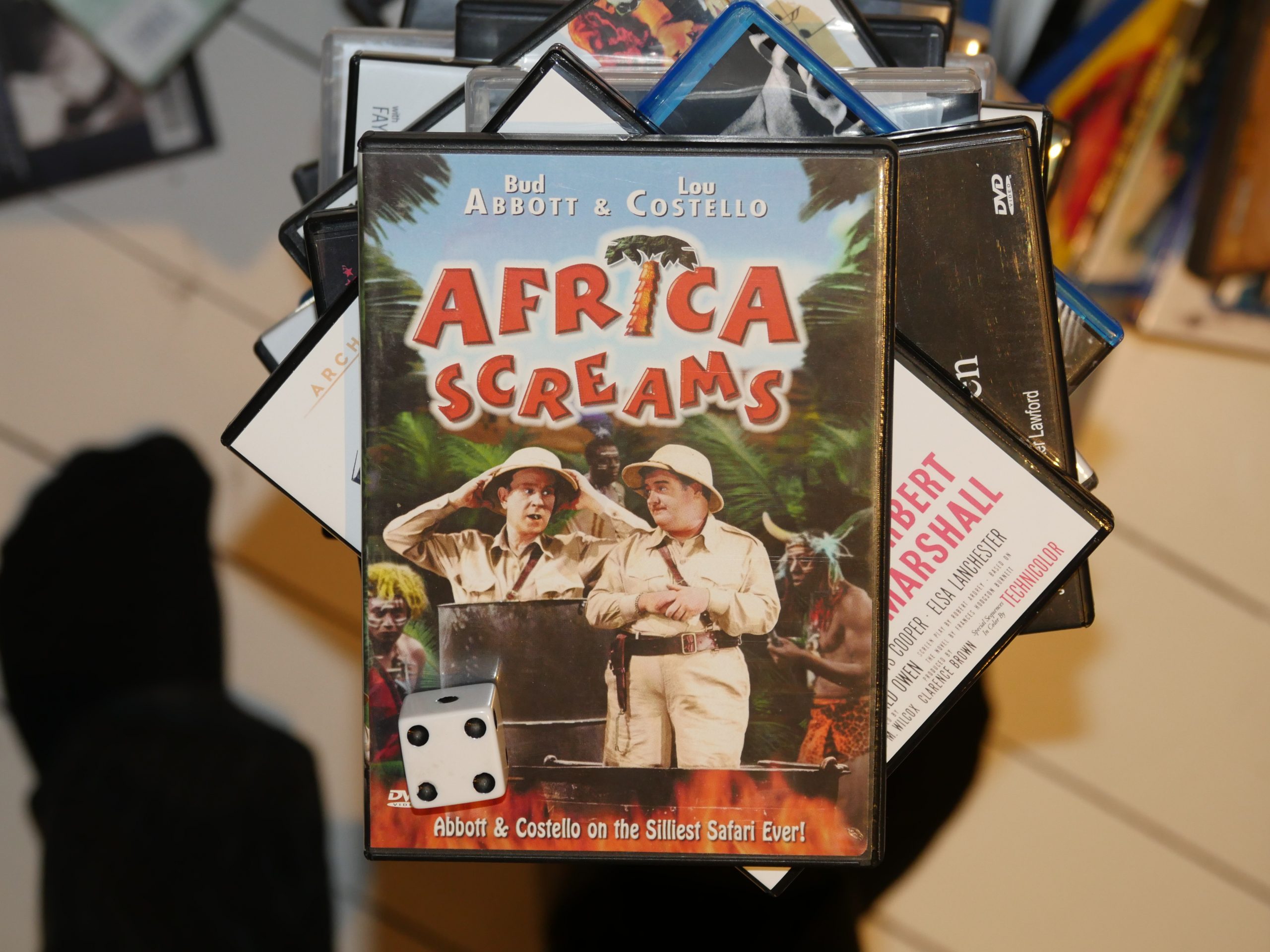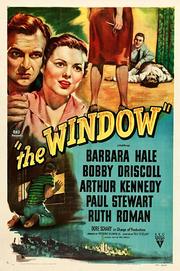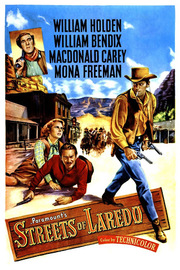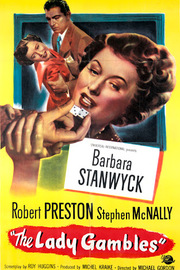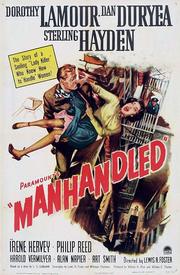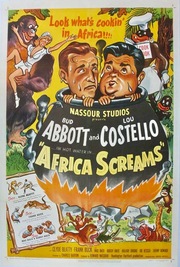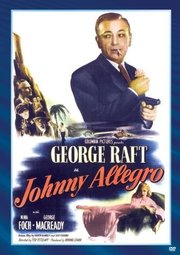 |      CAD4016 CAD4016
The Wolfgang Press — Funky Little DemonsGoing South, 11 Years, Blood Satisfaction, Chains, Christianity, Derek The Confessor, So Long Dead, Executioner, She’s So Soft, New Glass, Fallen Not Broken, People Say |
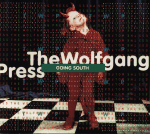 |    BAD5001 BAD5001
The Wolfgang Press — Going SouthGoing South (7″ version), Going South (Country style), Going South (@440 mix), Chains (Wobble mix), 11 Years (Sabres Main Mix 2) |
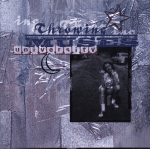 |     CAD5002 CAD5002
Throwing Muses — UniversityBright Yellow Gun, Start, Hazing, Shimmer, Calm Down, Calm Down, Crabtown, No Way In Hell, Surf Cowboy, That’s All You Wanted, Teller, University, Snakeface, Flood, Fever Few |
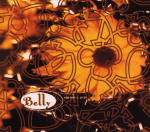 |     BAD5003 BAD5003
Belly — Now They’ll SleepNow They’ll Sleep, Thief, Baby’s Arm, John Dark |
 |     CAD5004 CAD5004
Belly — KingPuberty, Seal My Fate, Red, Silverfish, Super-Connected, The Bees, King, Now They’ll Sleep, Untitled and Unsung, L’il Ennio, Judas My Heart |
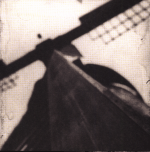 |   DAD D5005 DAD D5005
Red House Painters — Ocean BeachCabezon, Summer Dress, San Geronimo, Shadows, Over My Head, Red Carpet, Brockwell Park, Moments, Drop, Brockwell Part pt. 2*, Long Distance Runaround* |
 |  BAD CD K5003 BAD CD K5003
Belly — Super-ConnectedSuper-Connected, Spaceman, Diamond Rib Cage, Think About Your Troubles |
 |    CAD5006 CAD5006
Kendra Smith — Five Ways of DisappearingAurelia, Bohemian Zebulon, Temporarily Lucy, In Your Head, Space Unadorned, Maggots, Drunken Boat, interlude, Dirigible, Valley of the Morning Sun, Judge Not, Get There, interlude, Saturn, Bold Marauder |
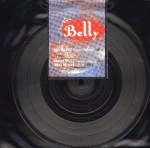 |    AD5007 AD5007
Belly — Seal My FateSeal My Fate (US radio mix), Broken, Judas My Heart (live)* |
 |    BAD CD5007 BAD CD5007
Belly — Seal My FateSeal My Fate, Spaceman, Diamond Rib Cage, Think About Your Troubles |
 |    BAD D CD5007 BAD D CD5007
Belly — Seal My FateSeal My Fate (live), White Belly (live), Untitled and Unsung (live), The Bees (live) |
 | 12″BELLY 2
Belly — Seal My FateSeal My Fate (US Radio Mix), Judas Mon Coeur (rerecorded) |
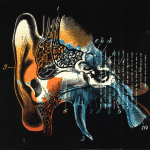 |    CAD5008 CAD5008
Liquorice — Listening CapTrump Suit, Team Player, Keeping the Weekend Free, Drive Around, Cheap Cuts, Trump Suit Edit, Jill of All Trades, No Excuses, Breaking the Ice, Blew It |
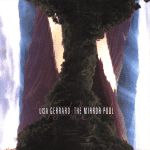 |   CAD 5009 CD CAD 5009 CD
Lisa Gerrard — The Mirror PoolViolina (The Last Embrace, La Bas (Song of the Damned), Persian Love Song (The Silver Gun)|=Persian Love Song, Sanvean (I am your Shadow), The Rite, Ajhon, Glorafin, Majhnavea’s Music Box, Largo, Werd, Laurelei, Celon, Venteles, Swans, Nilleshna, Gloradin |
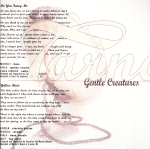 |   CAD5010 CAD5010
Tarnation — Gentle CreaturesGame of Broken Hearts, Halfaway to Madness, The Well, Big O Motel, Tell Me It’s Not So, Two Wrongs Won’t Make Things Right, Lonely Lights, Gentle Creatures, Listen To The Wind, The Hand, Do You Fancy Me, Yellow Birds, Burn Again, Stranger in the Mirror, It’s Not Easy |
 |    CAD5011 CAD5011
Air Miami — Me. Me. Me.I Hate Milk, World Cup Fever, Seabird, Special Angel, Afternoon Train, Dolphin Expressway, Sweet As A Candy Bar, You Sweet Little Heartbreaker, Neely, Bubble Shield, The Event Horizon, Definitely Beachy, Reprise |
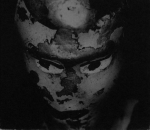 |   BAD5012 BAD5012
Scheer — SchismSometimes, You Said, Baby Size (version), Take You Anywhere, Unlisted track |
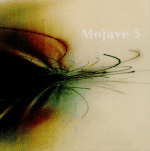 |    CAD5013 CAD5013
Mojave 3 — Ask Me TomorrowLove Songs On The Radio, Sarah, Tomorrow’S Taken, Candle Song 3, You’Re Beautiful, Where Is The Love, After All, Pictures, Mercy |
 |   BAD CD5014 BAD CD5014
Air Miami — Fuck You, TigerI Hate Milk (fyt), Warm Miami May, Afternoon Train (Remix #3), See-Through Plastic |
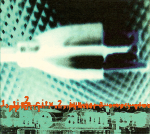 |   BAD5015 BAD5015
The Amps — Tipp CityTipp City, Just Like A Briar, Empty Glasses (Kim’s Basement 4-track Version) |
 | FTWW1
Various — Facing The Wrong WayScheer / Take You Anywhere, Throwing Muses / Snakeface, Red House Painters / Summer Dress, Tarnation / The Well, Air Miami / You Sweet Little Heartbreaker, Mojave 3 / Love Songs on the Radio, Belly / Super-Connected, The Wolfgang Press / Christianity (Wicked Man Remix), Heidi Berry / Miracle (new version), Sanvean (I am your Shadow), Liquorice / Cheap Cuts, Kendra Smith / Valley of the Morning Sun, The Amps / Empty Glasses (Kim’s Basement 4 track version) |
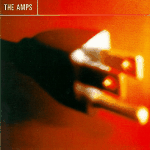 |    CAD5016 CAD5016
The Amps — PacerPacer, Tipp City, I Am Decided, Mom’s Drunk, Bragging Party, Hoverin’ (rerecorded), First Revival, Full on Idle, Breaking the Split Screen Barrier, Empty Glasses, She’s a Girl, Dedicated |
 | TAD CD5017
Kristin Hersh — The Holy SingleJesus Christ, Amazing Grace (rerecorded), Sinkhole (rerecorded), Can The Circle Be Unbroken |
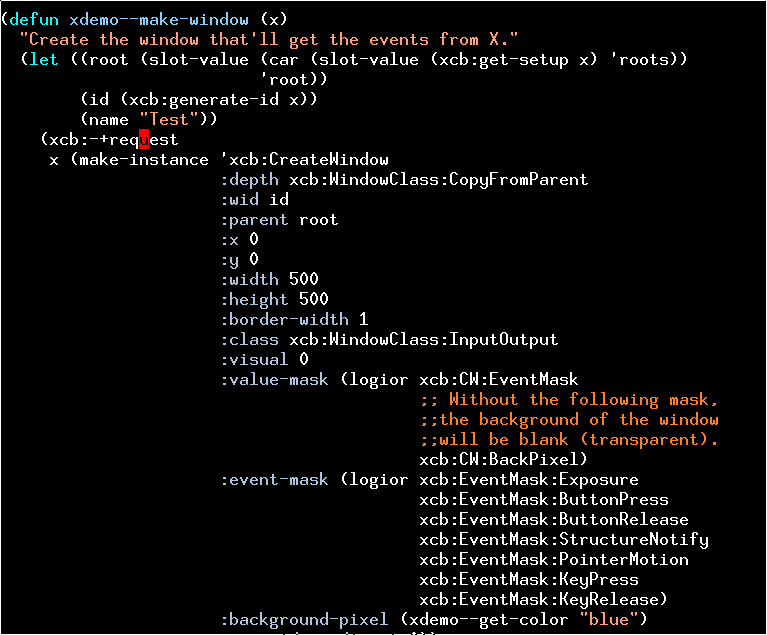


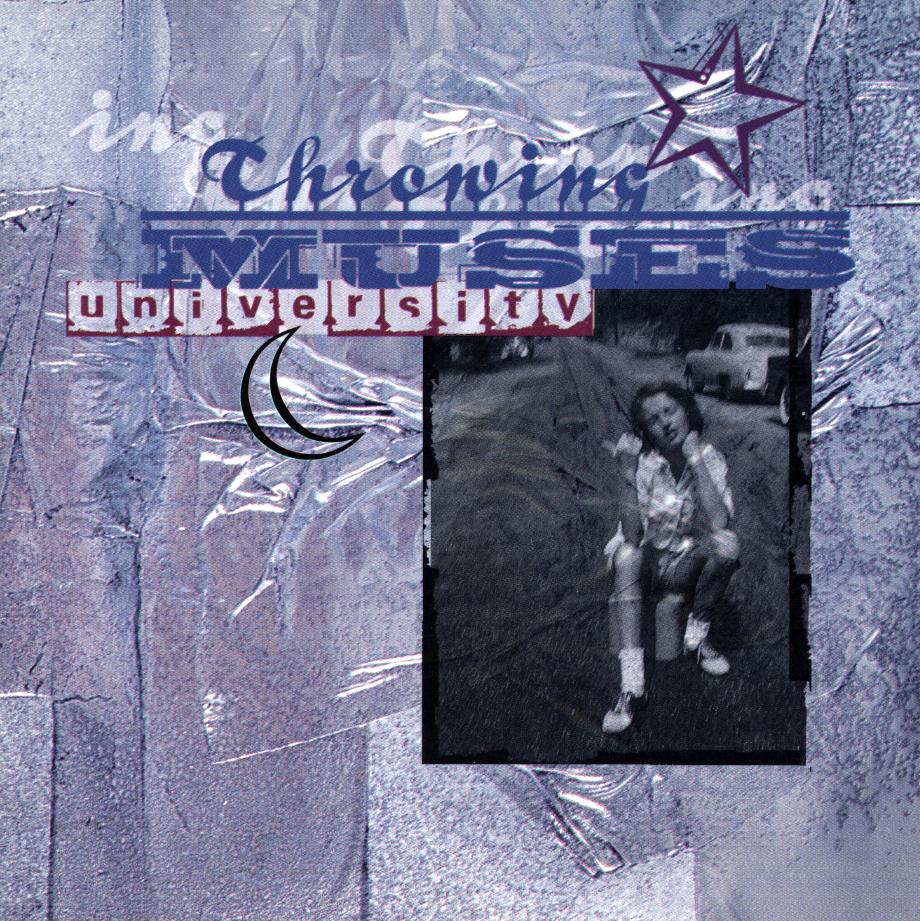







 BAD5001
BAD5001


















